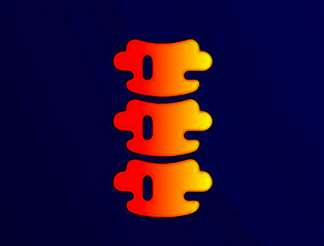Problems We Treat
Problems we treat include, sports injuries, back pain , shoulder pain, heel pain, foot pain, aching feet, leg pain and more.
Simply click on the conditions of interest for more information.
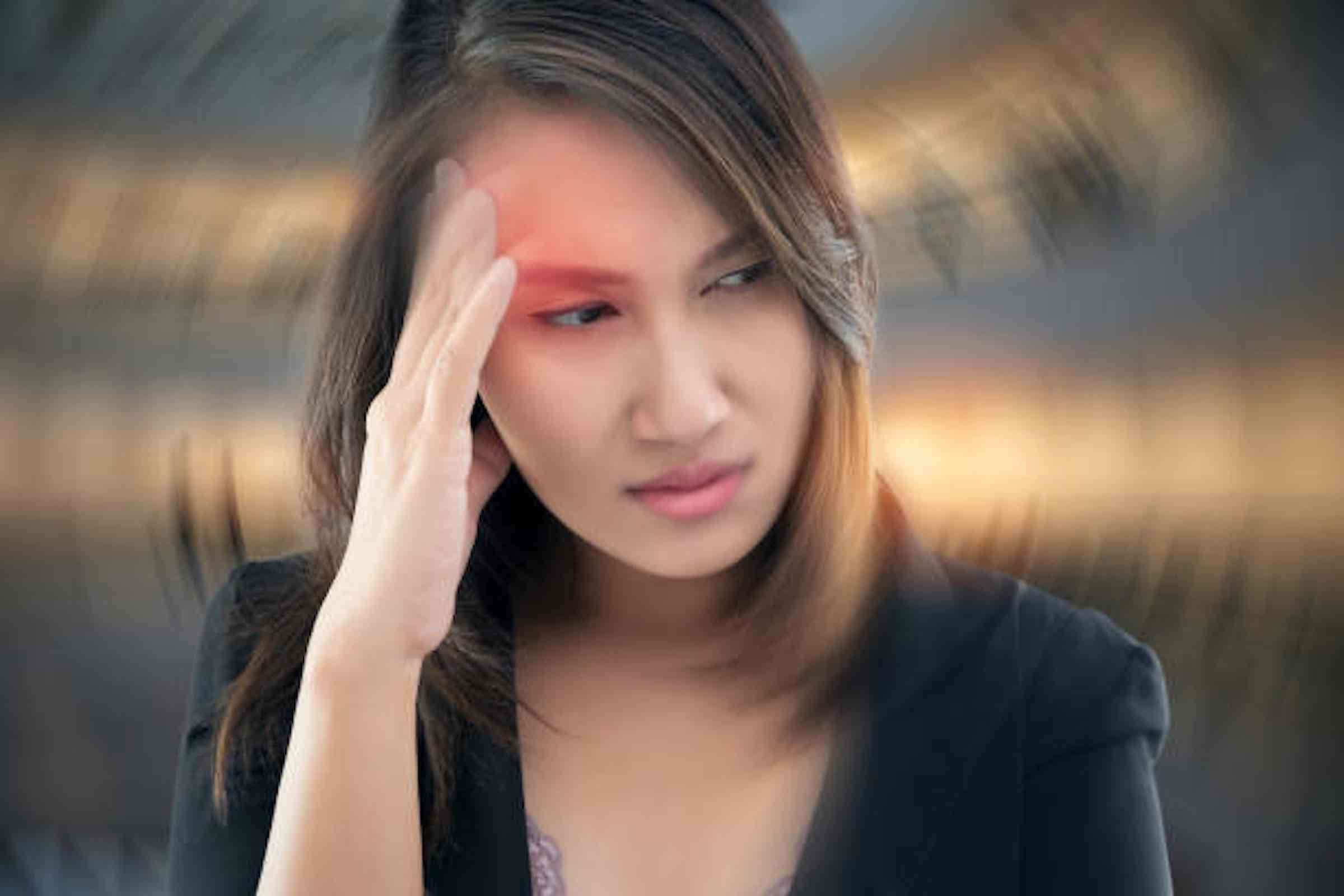
Vertigo Physiotherapy
Vertigo a type of dizziness that occurs when your head is moved in certain positions. These positions can trigger a sudden, intense spinning sensation. The spinning sensation may last for several seconds to minutes and can be very disorienting and nauseating.
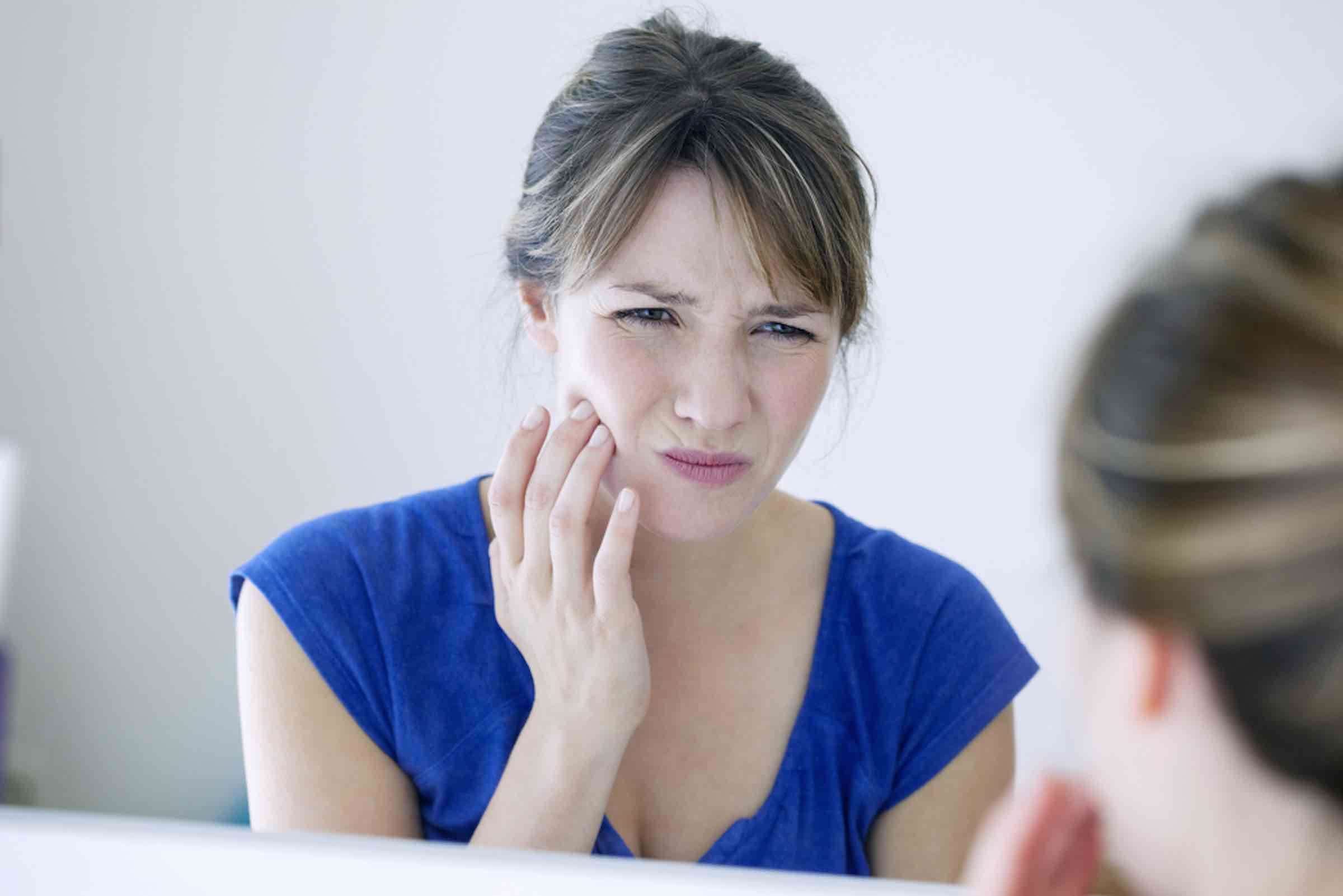
The Temporomandibular Joint (TMJ) Syndrome
The Temporomandibular Joint (TMJ) Syndrome is a condition that causes pain in the jaw joint and surrounding muscles. The exact cause of TMJ syndrome is unknown, but it is thought to be related to problems with the way the upper and lower teeth fit together (occlusion). TMJ syndrome can also be caused by injury to the jaw, arthritis, or clenching or grinding of the teeth (bruxism).

Whiplash Injury
Whiplash is a type of neck injury that occurs when the head is suddenly and forcefully jerked forward or backward. This can damage the ligaments, muscles, and nerves in the neck and cause pain and other symptoms. Whiplash is most often caused by car accidents, but it can also occur during falls, sports injuries, and other traumatic events.
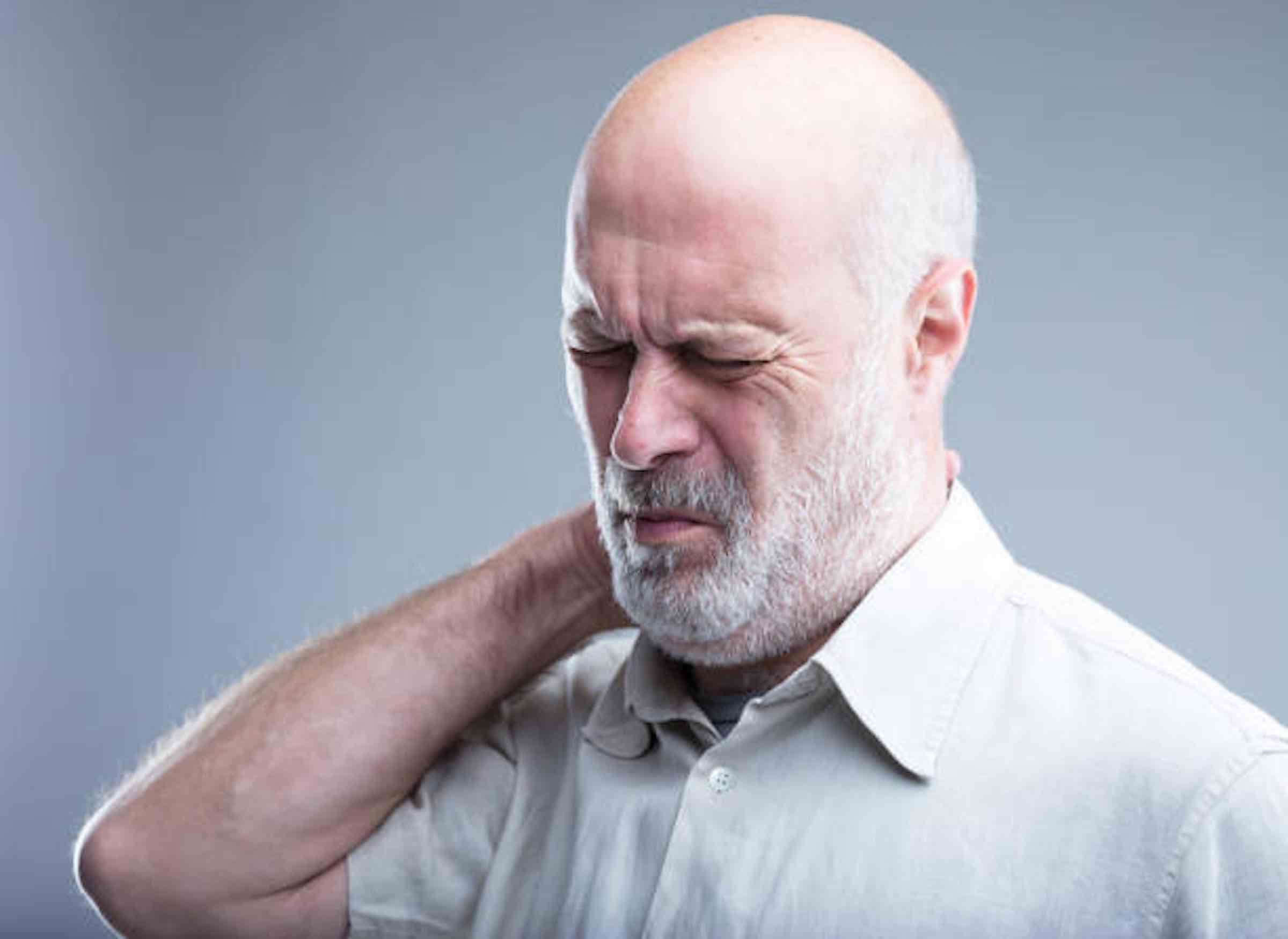
Wry Neck
Wry neck is a term used to describe pain and stiffness in the neck. It can be caused by many things, including muscle strain, arthritis, or a pinched nerve. Wry neck can be very painful and make it hard to move your head. Treatment for wry neck depends on the cause but may include physical therapy, pain medication, or steroid injections.
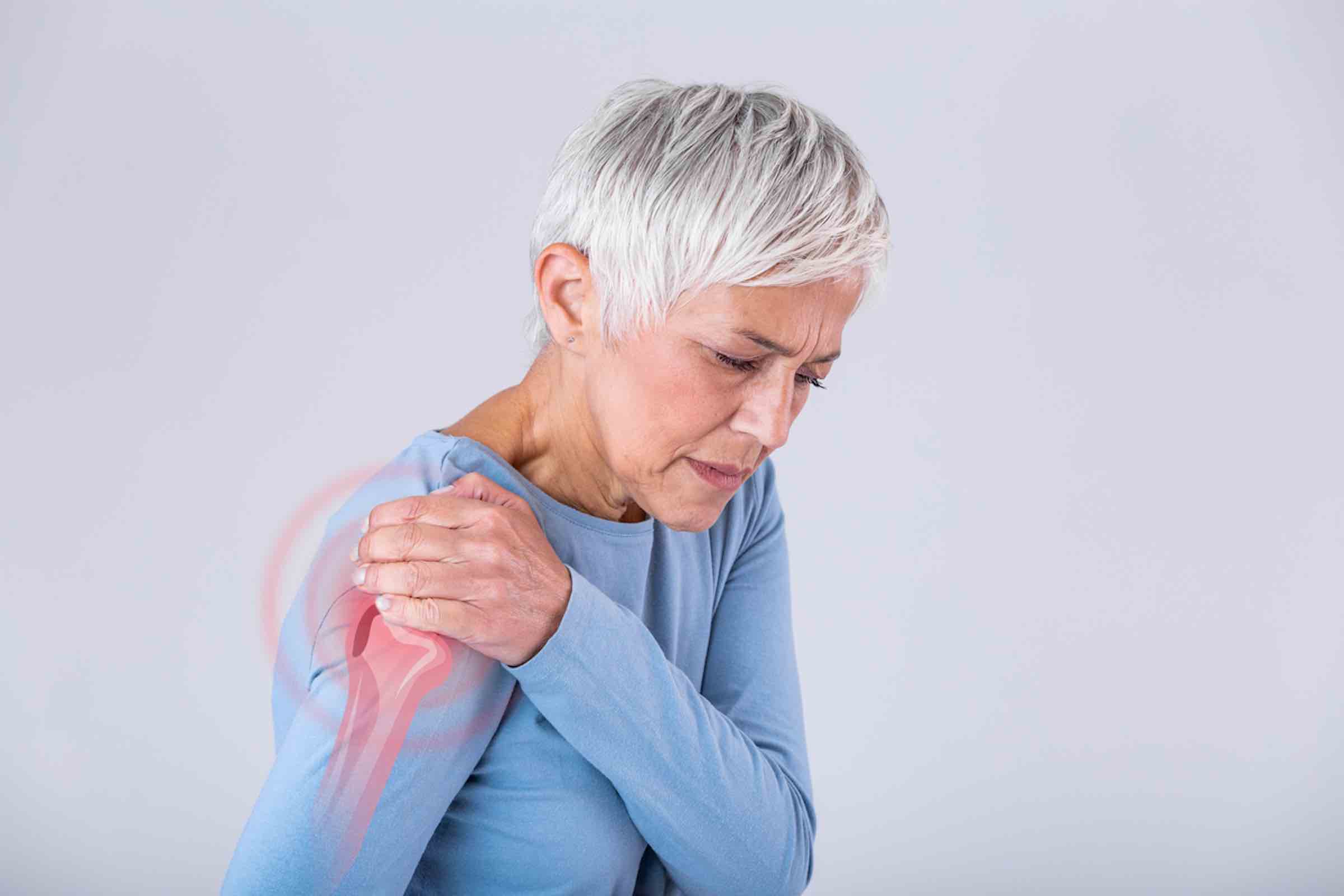
Rotator Cuff Tendinopathy Treatment
The rotator cuff muscles are responsible for stabilizing the shoulder joint. When these muscles are unable to do their job properly, the shoulder joint becomes unstable and can be extremely painful. Treatment for rotator cuff tendinopathy typically involves a combination of physical therapy, medications, and rest. Surgery is usually only necessary if other treatments fail to provide relief.
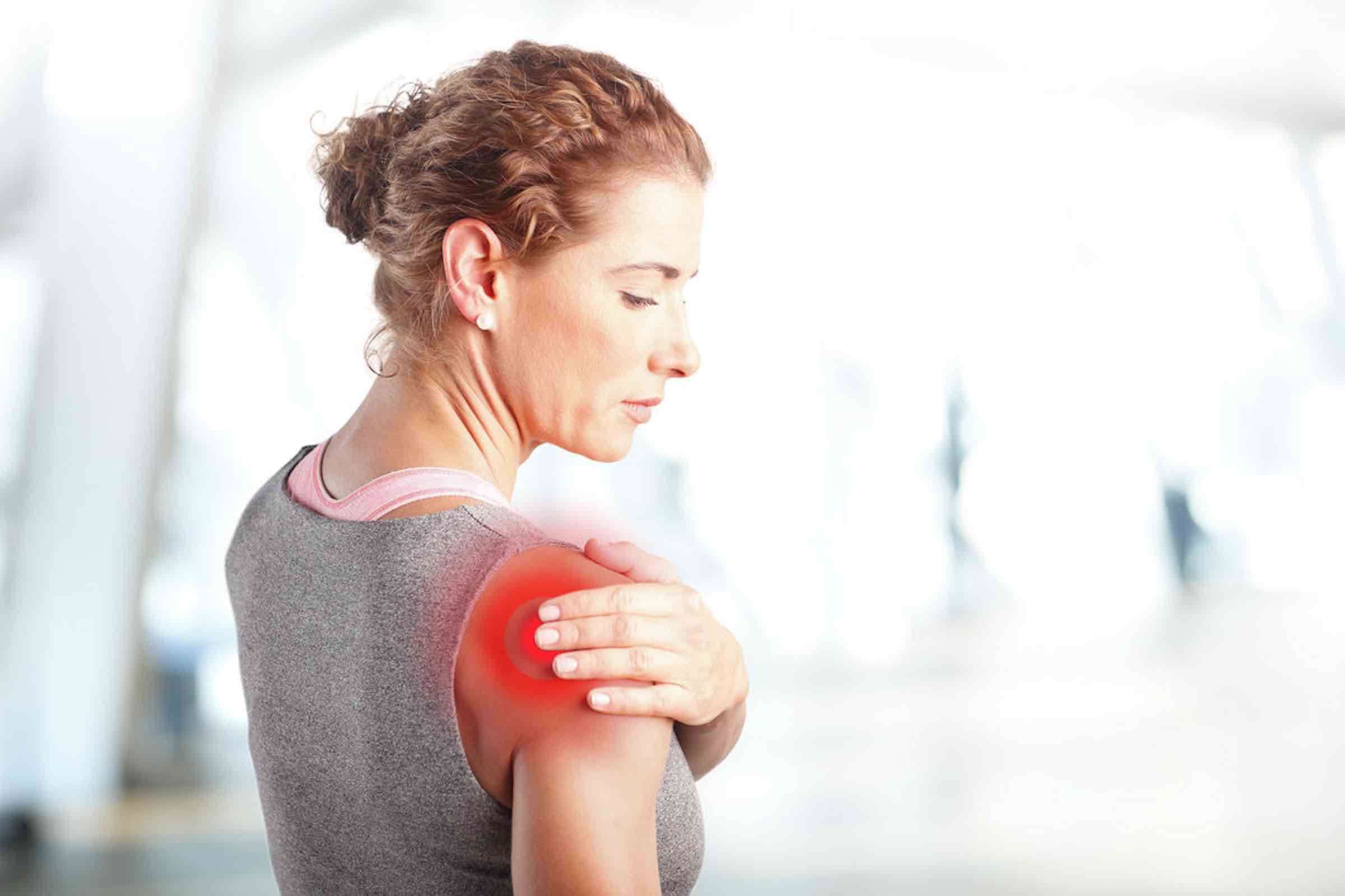
Subacromial Bursitis
Subacromial bursitis is the inflammation of the bursa (fluid-filled sac) located between the acromion (bone at the top of the shoulder) and the rotator cuff tendons. This condition can cause pain and difficulty moving the arm. Treatment typically involves a combination of rest, ice, and physical therapy. Surgery may be necessary in severe cases.
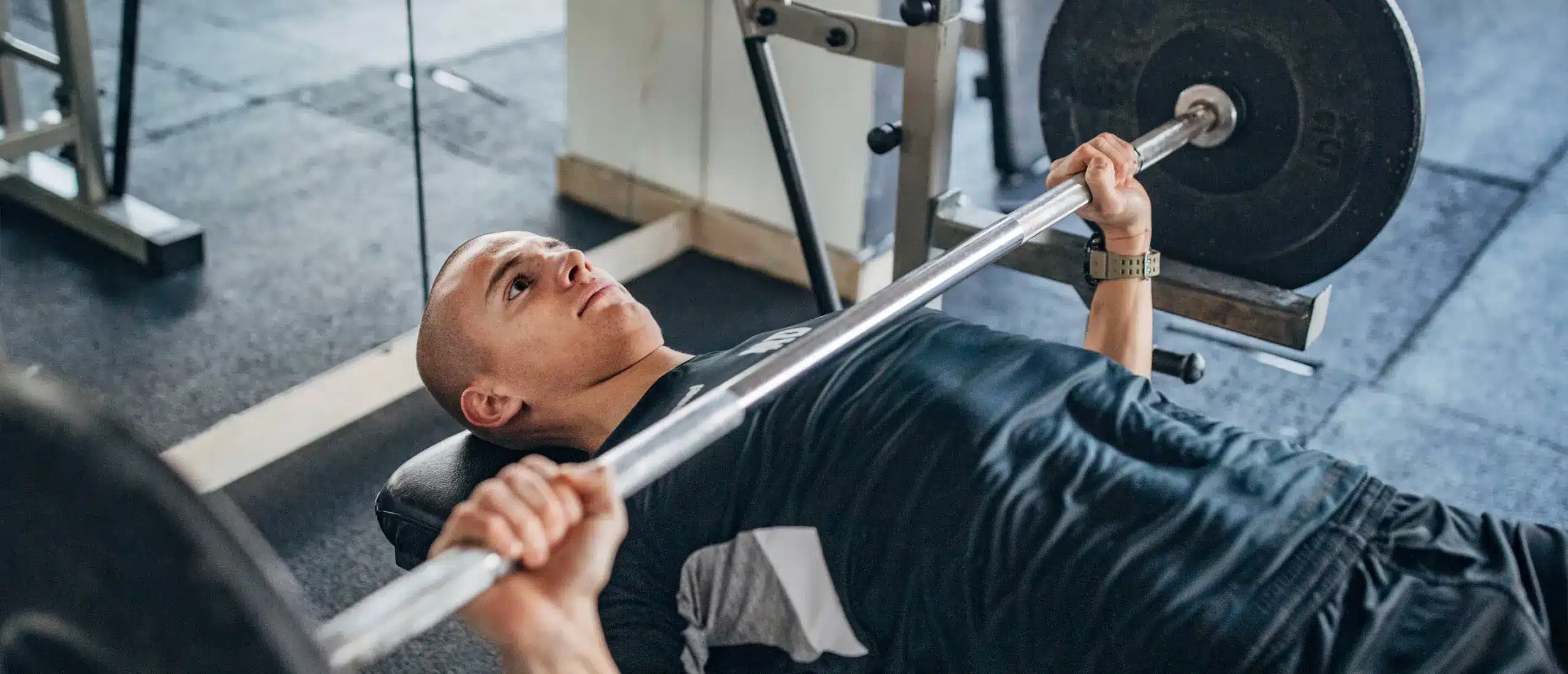
How To Fix Shoulder Pain During Bench Press
Shoulder pain during bench press can be effectively managed with ProActive Life Physio's expert insights. Consult with their physiotherapists for a personalized exercise program and ensure the safest form for your shoulders.
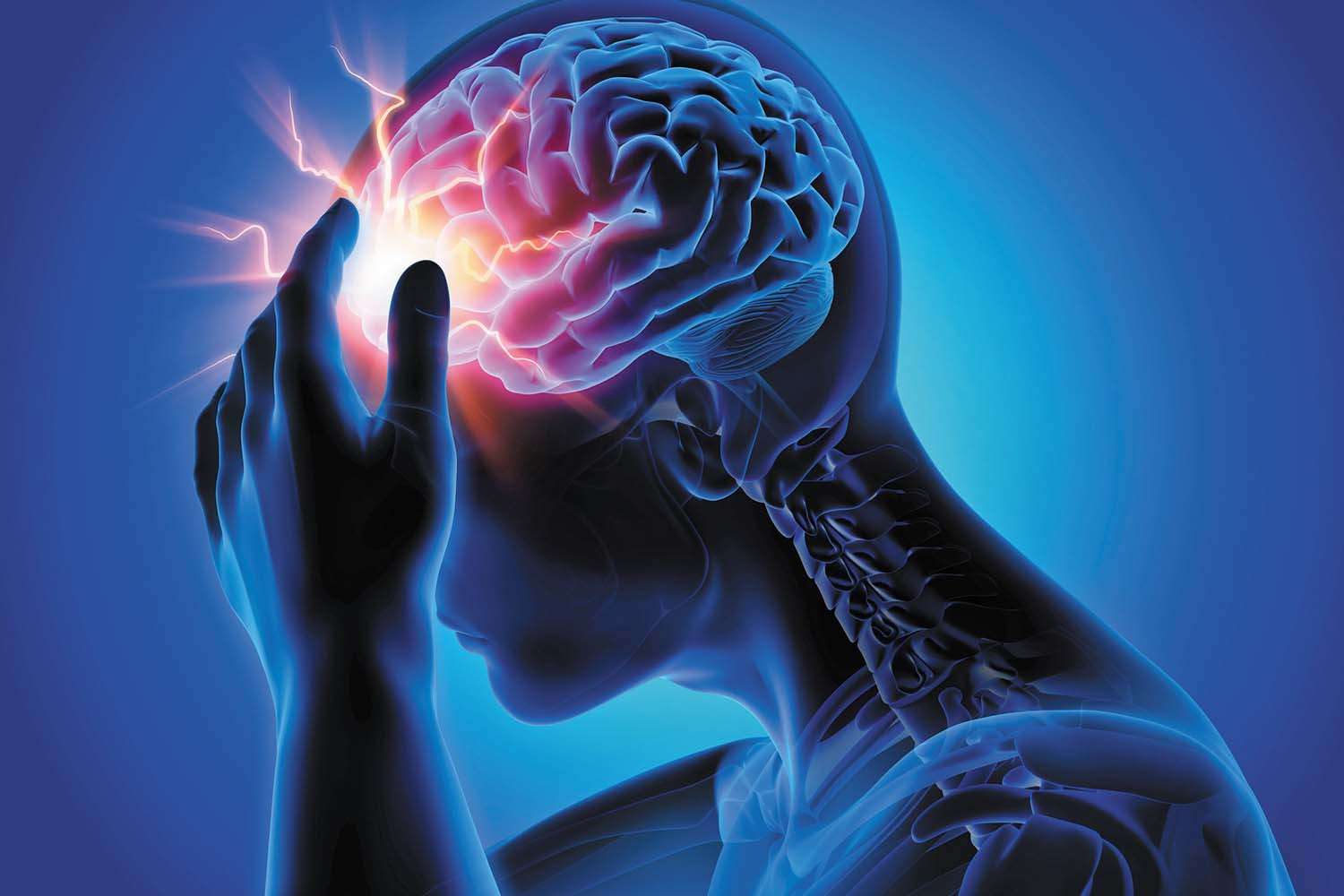
Headache and Migraine
Unlock revolutionary drug-free relief at ProActive Life Physio, the top-rated headache and migraine clinic in Adelaide. Our evidence-based methods, including manual therap target various headache types like cervicogenic, migraine, tension-type, and more.
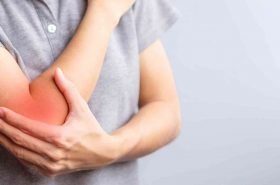
Tennis Elbow Treatment
Tennis elbow is a condition that causes pain in the elbow and arm. It is caused by overuse of the muscles and tendons in the forearm. Treatment for tennis elbow includes rest, ice, and anti-inflammatory medication. Physical therapy may also be recommended to help improve range of motion and strength. Surgery is rarely needed.

Golfer's Elbow Causes and Treatment
Golfer's elbow is a condition that causes pain and inflammation in the tendons of the elbow. The condition is also known as medial epicondylitis. It is a type of tendonitis, which is an inflammation of the tendons. Golfer's elbow is caused by overuse of the muscles and tendons in the forearm and elbow.
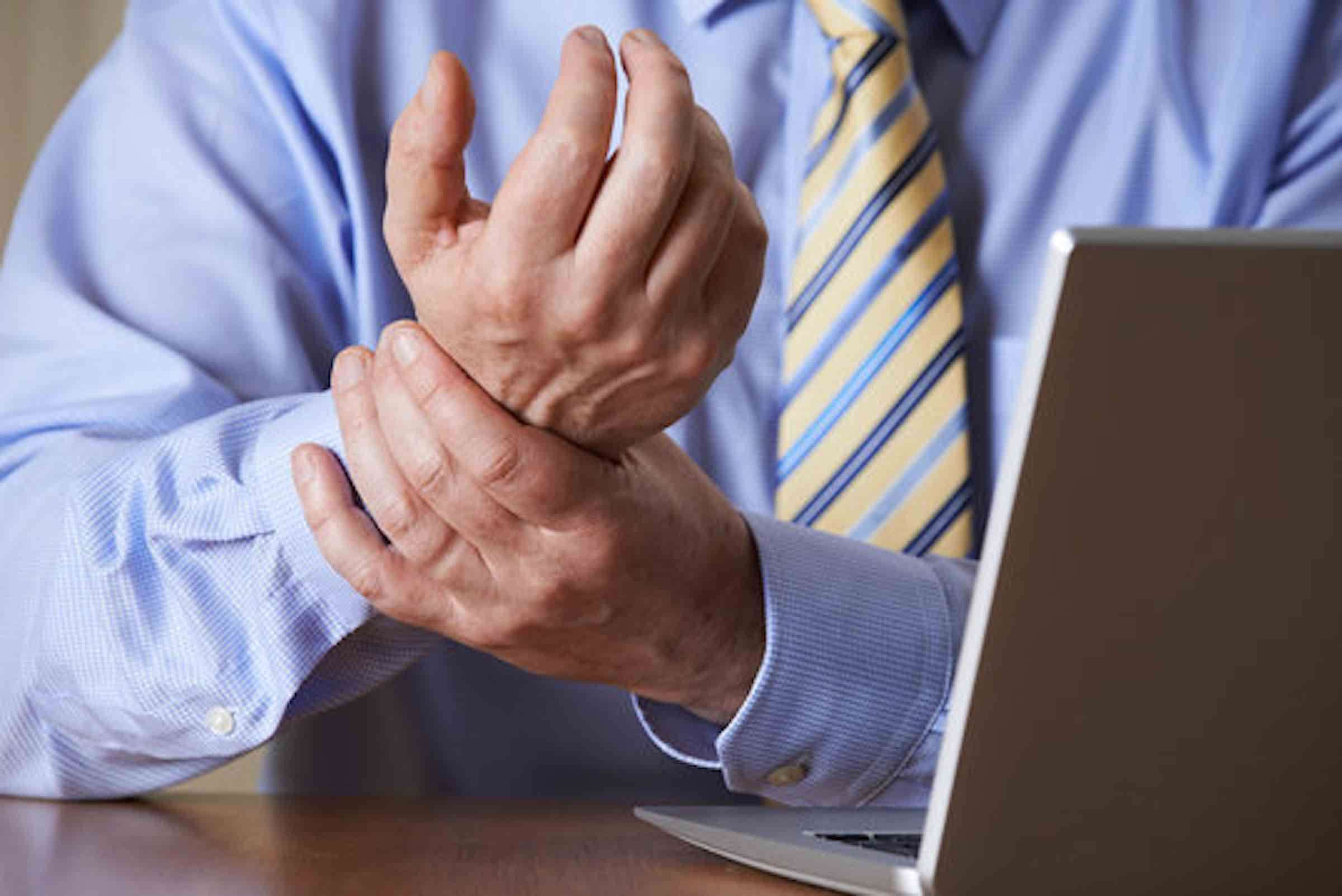
Repetitive Strain Injury (RSI) Treatment
Repetitive strain injuries (RSIs) are a type of injury that can occur when you overuse your muscles or tendons. RSIs can cause pain, swelling, and inflammation in the affected area. Treatment for an RSI may include rest, ice, and physical therapy. In some cases, surgery may be necessary to correct the problem.
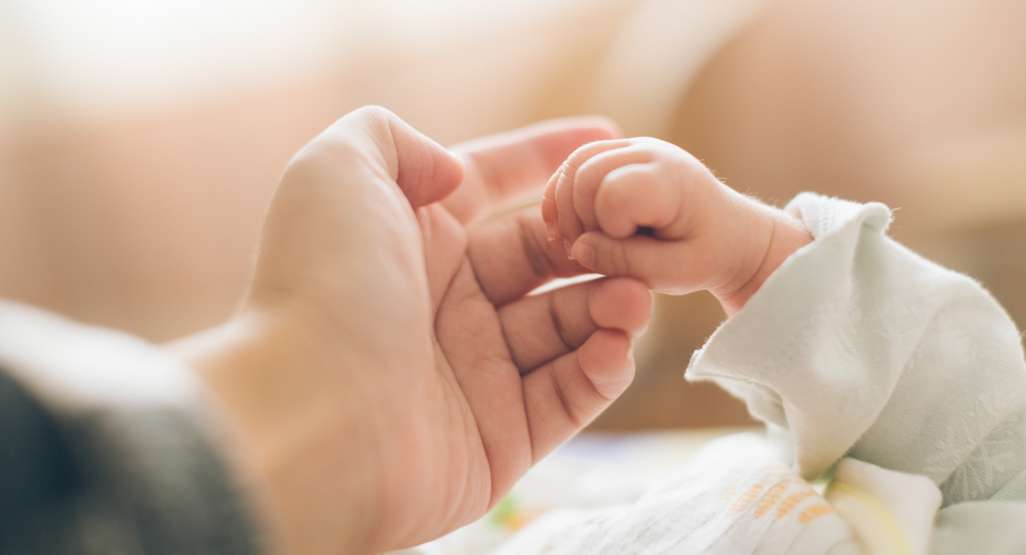
Carpal Tunnel After Pregnancy
Carpal tunnel syndrome – a condition that causes pain, numbness, and tingling in your wrists and hands – is common during pregnancy and can sometimes linger after you give birth.
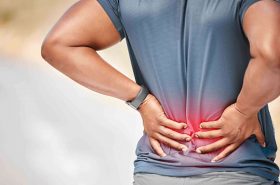
Low Back Pain
Low back pain is a condition that affects the lower back. The main symptom of low back pain is a dull ache or pain in the lower back area. Other symptoms may include muscle spasms, tenderness, and stiffness. Low back pain can be acute (short-term) or chronic (long-lasting).
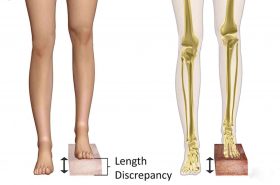
Leg Length Difference
A difference in leg length may cause problems when walking or running and can lead to hip, knee or ankle pain. If the discrepancy is severe, it can also lead to back problems. treatment for LLD depends on the cause and severity of the condition. In some cases, no treatment is necessary. In other cases, treatment may involve the use of a shoe insert (orthotics), physical therapy, surgery or a combination of these methods.
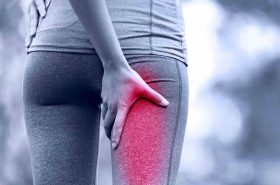
Sciatica Treatment
There are a number of different sciatica treatments that can be used to alleviate the pain associated with this condition. These treatments range from simple at-home remedies to more invasive surgical procedures. In most cases, the goal of treatment is to reduce the inflammation and pressure on the sciatic nerve, providing relief from the pain.
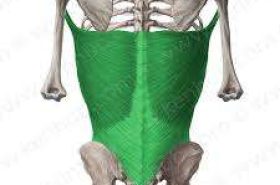
Latissimus Dorsi Pain
What causes latissimus dorsi pain? Pulling and throwing movements engage the latissimus dorsi the most. Overuse, poor technique, or failing to warm up before exercising are the most common causes of pain in the shoulder blade.
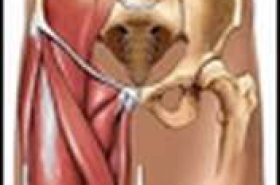
Groin Pain
Groin injuries, prevalent among athletes and even during pregnancy, demand specialized attention. ProActive Life Physio, your trusted partner, sheds light on groin injury causes, symptoms, and effective solutions.
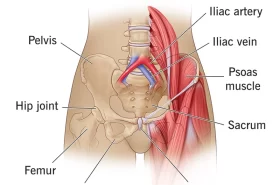
Hip Pain
Hip flexor strains can be both painful and frustrating, especially when they disrupt your active lifestyle. The team at ProActive Life Physio wants you to know that effective we have the right assessment and treatment tools to make a significant difference in your recovery.
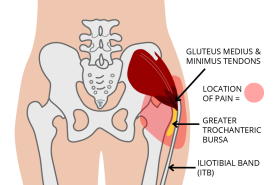
Gluteal Tendinopathy
Discover the best strategies for managing gluteal tendinopathy, a condition marked by pain and tenderness along the hip's side. Also known as greater trochanteric bursitis or lateral hip pain, this condition is more prevalent in females, particularly in middle age
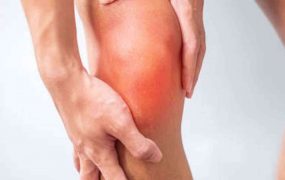
Patellofemoral Pain Syndrome (PFPS)
Patellofemoral Pain Syndrome (PFPS) is a condition characterized by pain in the front of the knee and around the patella (kneecap). It is a common knee problem, particularly among young people, that can lead to significant pain and disability. Treatment for PFPS typically involves a combination of rest, ice, and physical therapy. In some cases, foot posture correction may be necessary to correct the underlying problem.
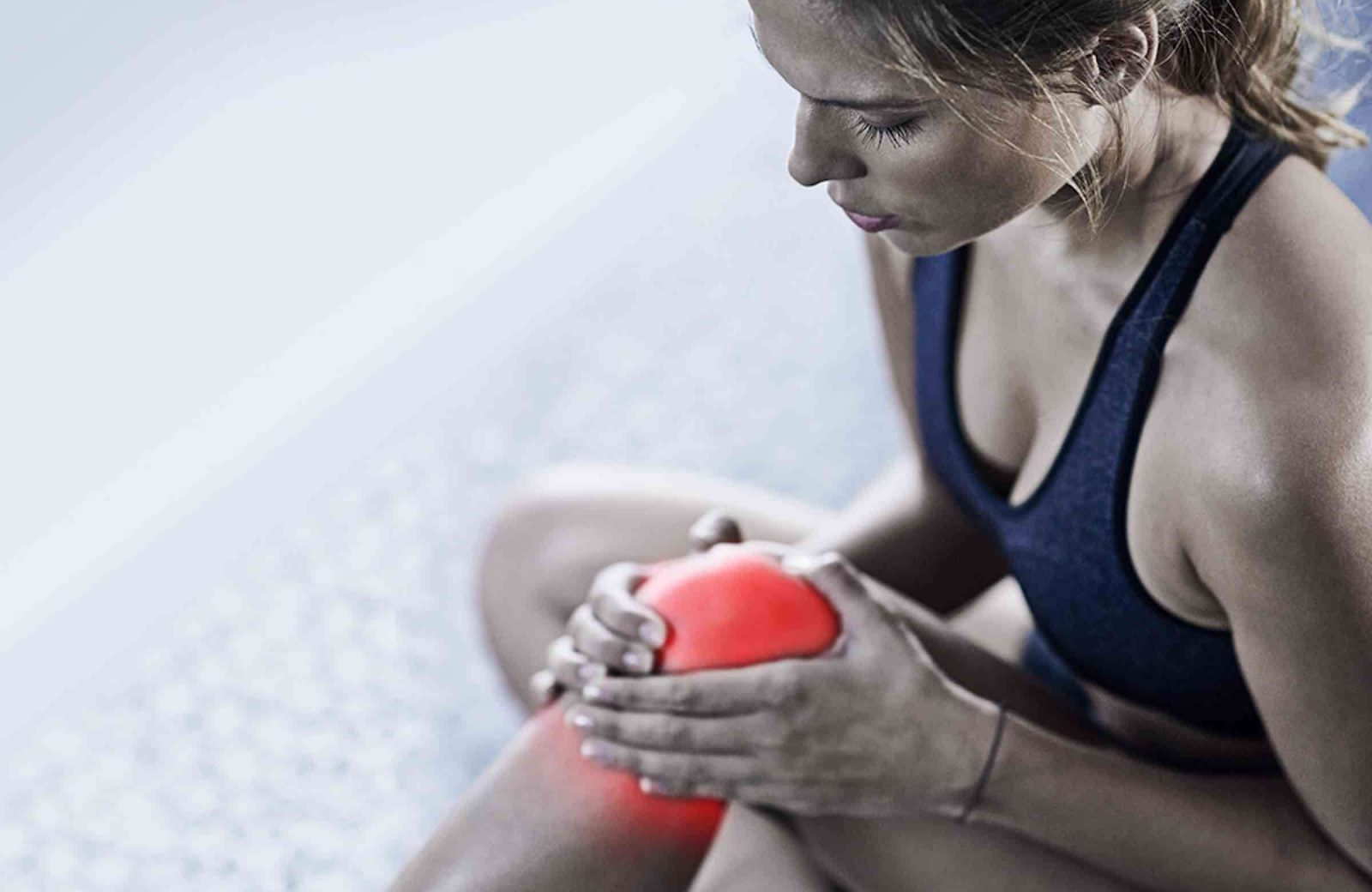
Anterior Knee Pain Causes and Treatment
Anterior knee pain is a condition that causes pain in the front of the knee. It can be caused by a number of different things, including arthritis, bursitis, and tendinitis. Treatment for anterior knee pain depends on the underlying cause but may include rest, ice, and physical therapy.
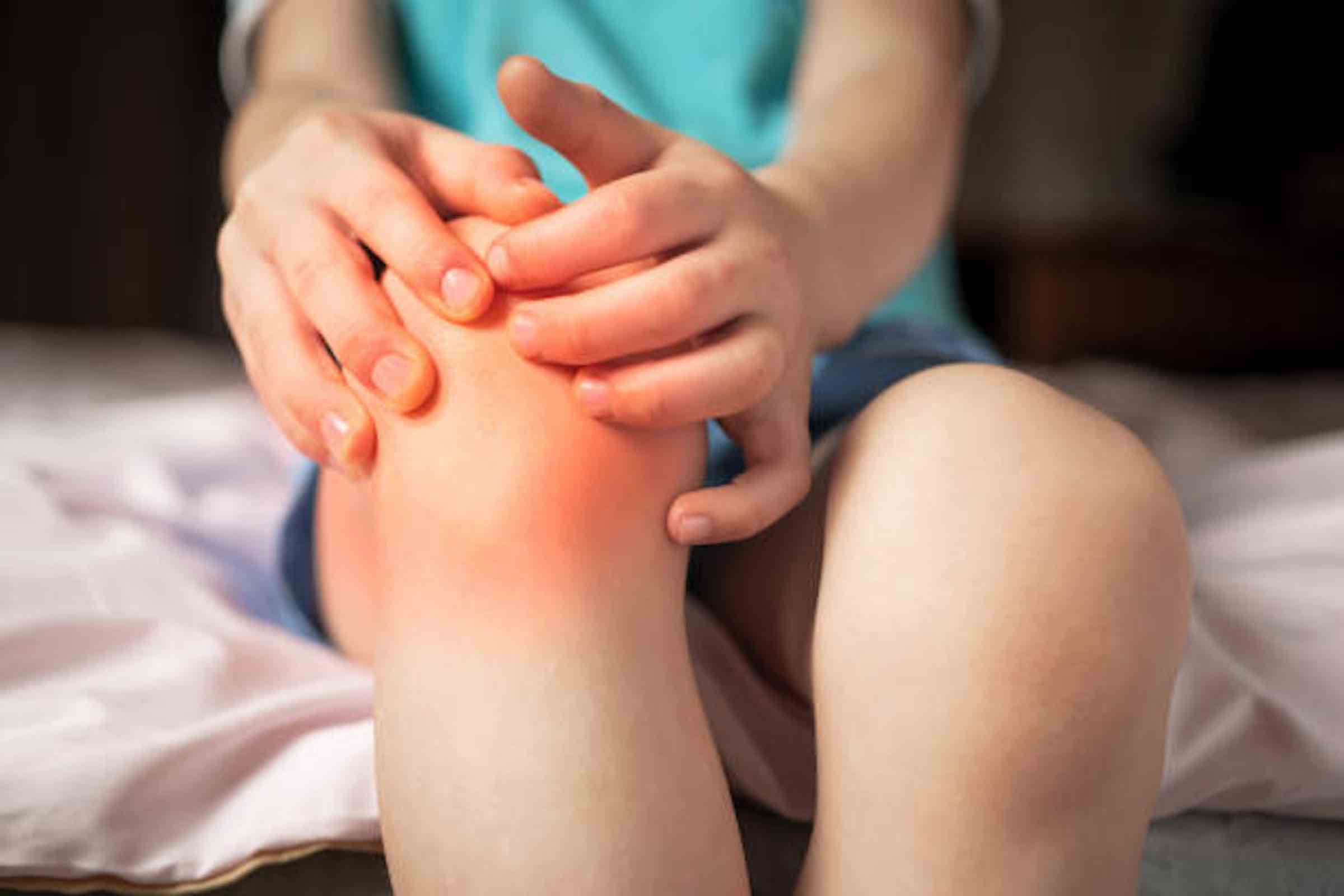
Osgood Schlatter's Apophysitis
Osgood-Schlatter disease is a condition that results in pain and swelling in the kneecap, or patella. The condition is seen most often in adolescents who are active in sports. Osgood-Schlatter disease is caused by inflammation of the growth plate, or epiphysis, of the tibia, or shinbone.
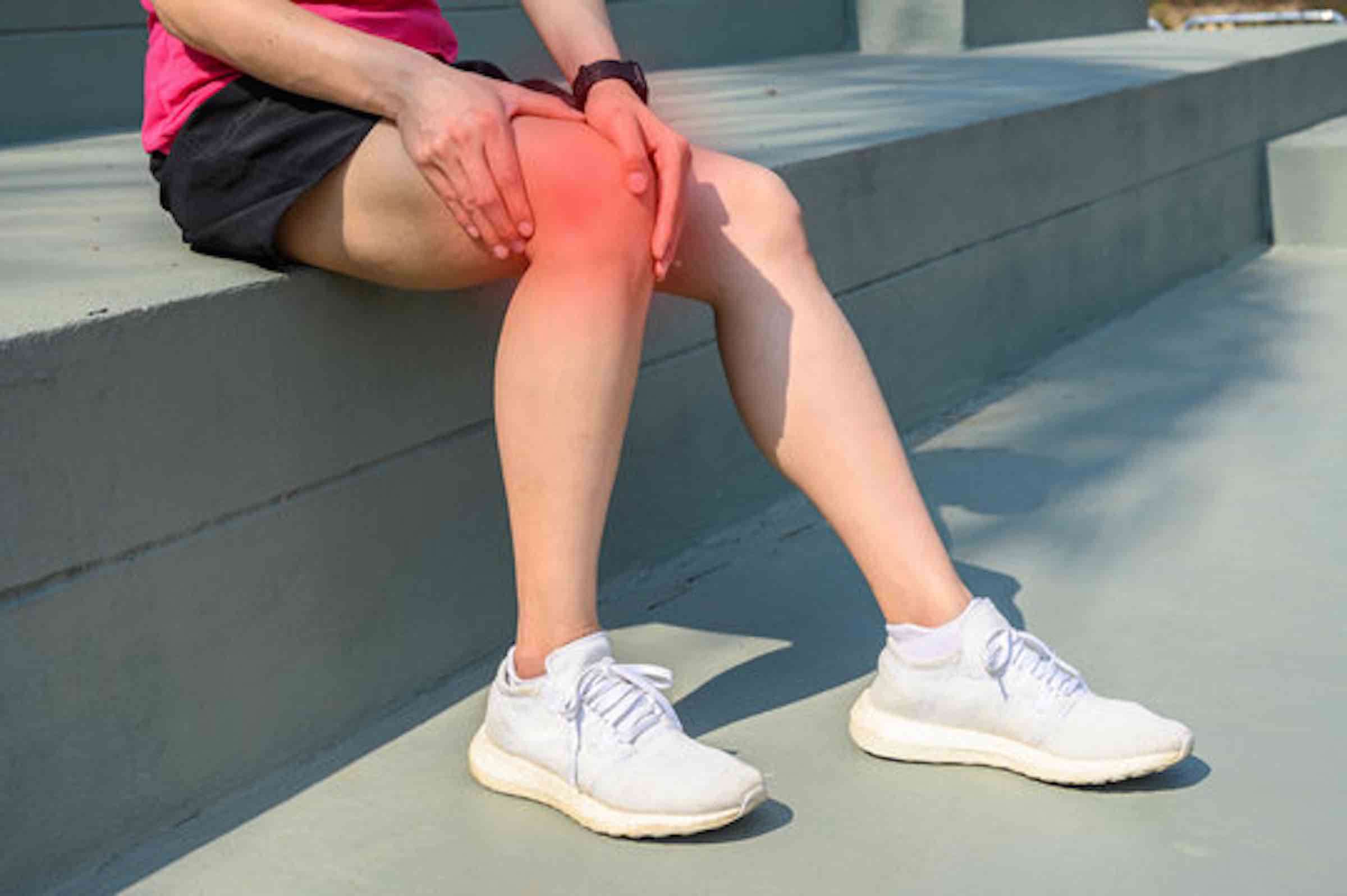
Iliotibial Band (ITB) Syndrome
Iliotibial band syndrome is a condition characterized by pain on the outside of the knee. The iliotibial band is a thickening of the tissue that runs from the hip to the shin and helps stabilize the knee joint. When this tissue becomes irritated or inflamed, it can cause pain.
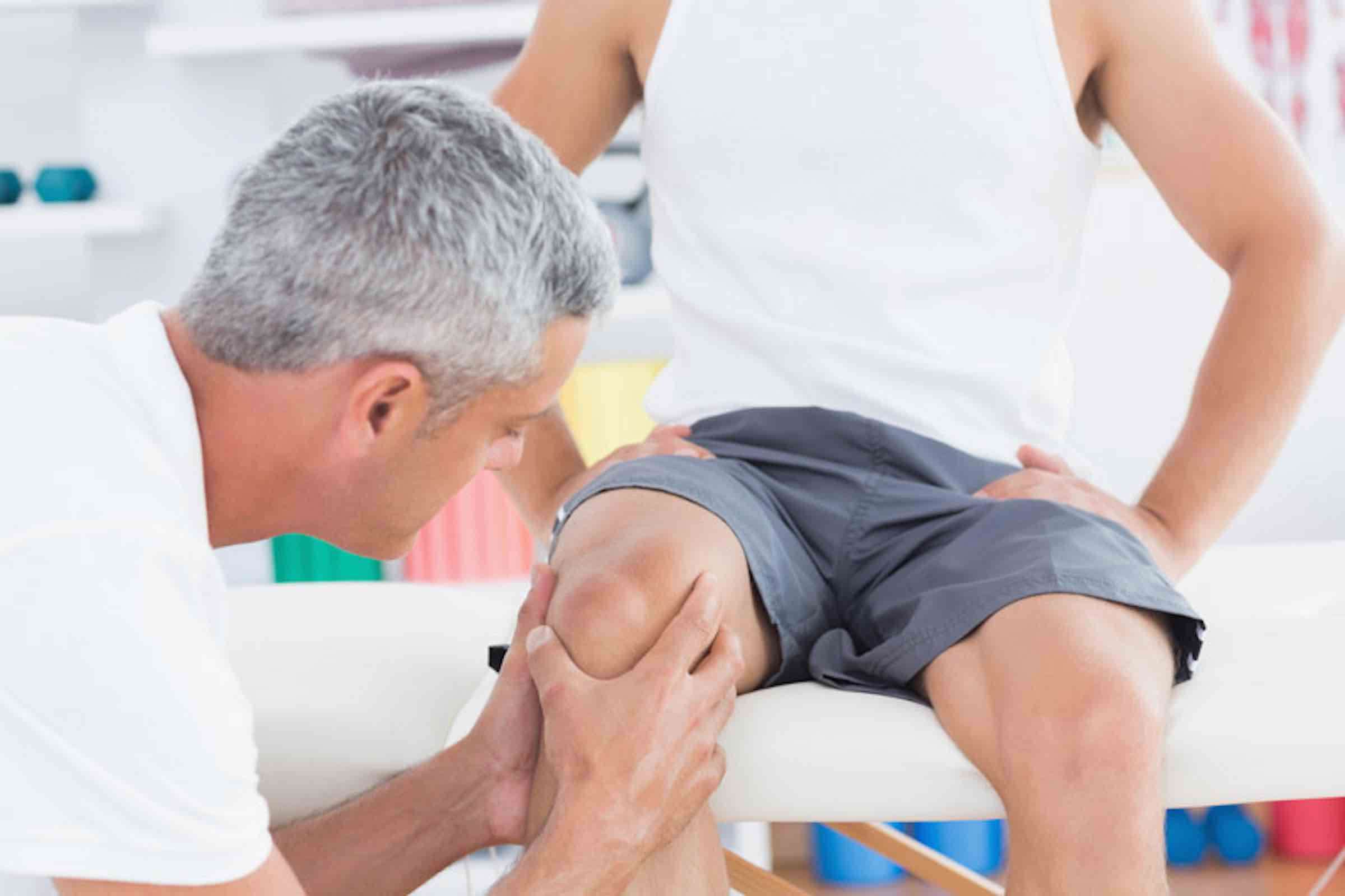
Torn Meniscus Treatment
A torn meniscus is a common knee injury. It can occur when you suddenly twist or rotate your knee, causing the cartilage to tear. Treatment typically involves rest, ice, and physical therapy. In some cases, surgery may be necessary to repair the damage. Torn meniscus treatment often depends on the severity of the injury.
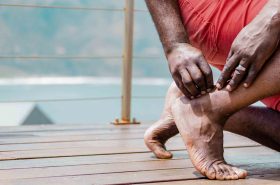
Achilles Tendinopathy Treatment
This condition is a degenerative disorder that affects the tendons in the lower leg, causing them to become inflamed and irritated. Symptoms of Achilles tendinitis include pain and stiffness in the heel and lower leg, as well as a decrease in range of motion. Achilles Tendinopathy Treatment can help to reduce these symptoms and improve the function of the affected tendons.
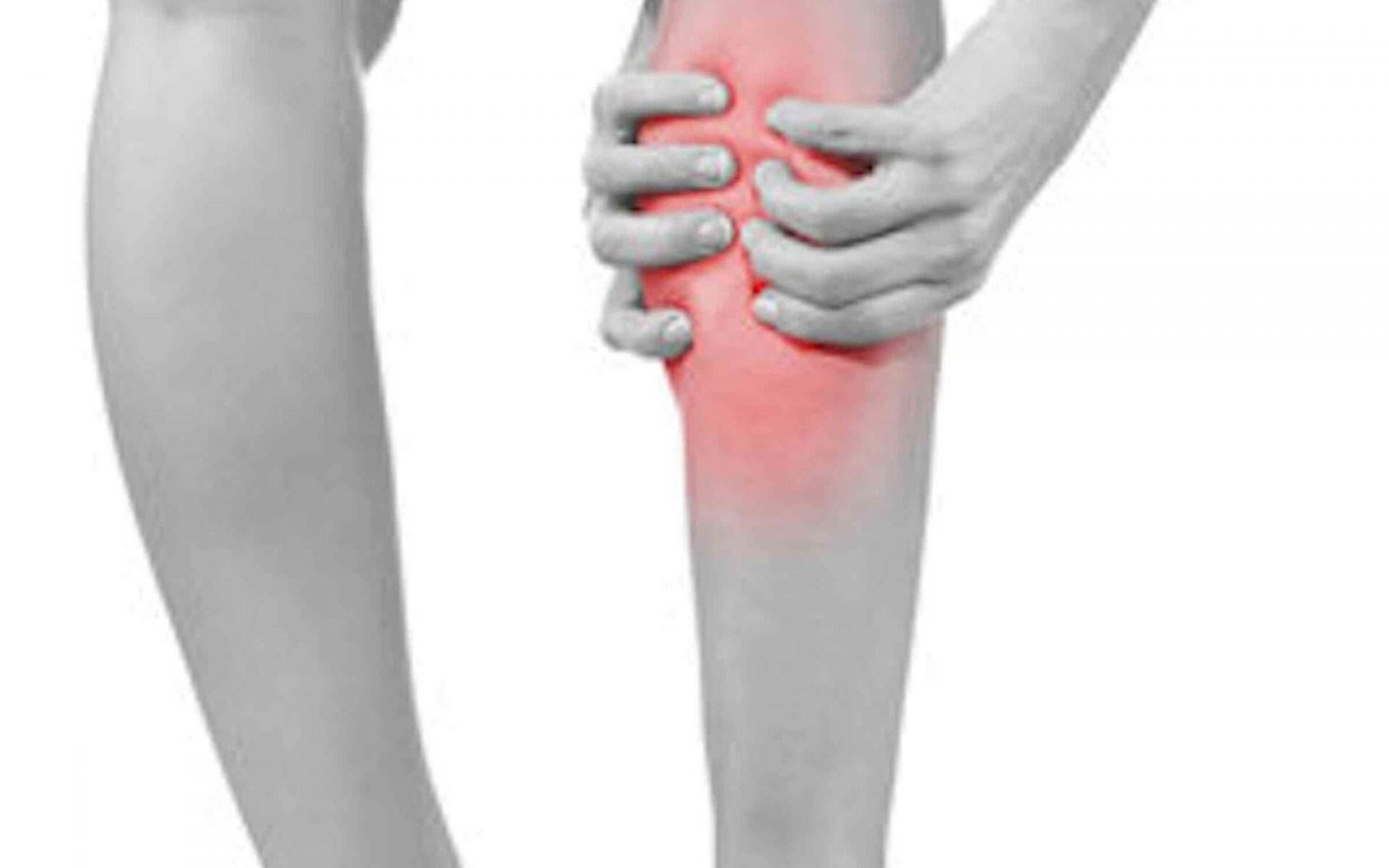
Compartment Syndrome
Acute compartment syndrome is the first of two types of compartment syndrome that you can develop. This type tends to be more serious, with more severe consequences on the lower limbs, and often requires emergency care. Chronic exertional compartment syndrome (CECS) is the second type and is much more common. While it’s not considered a medical emergency, you may be prone to developing it repetitively, and hence treatment is recommended to help with prevention.
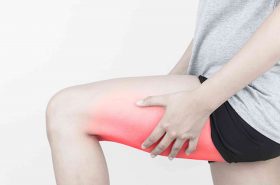
Hamstring Injury and Treatment
Hamstring injuries are among the most common injuries that people experience. The hamstrings are the group of three muscles at the back of the thigh, and they work to extend the hip and flex the knee. Hamstring strains can occur when these muscles are suddenly overloaded or overstretched, and they can be extremely painful.
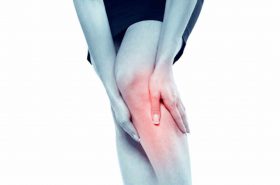
Leg Pain
Leg pain is any discomfort or soreness that you feel in your legs. This can include your thighs, knees, calves, or ankles. Leg pain can be caused by a number of different things, including injuries, overuse, and medical conditions. Treatment for leg pain will vary depending on the cause.
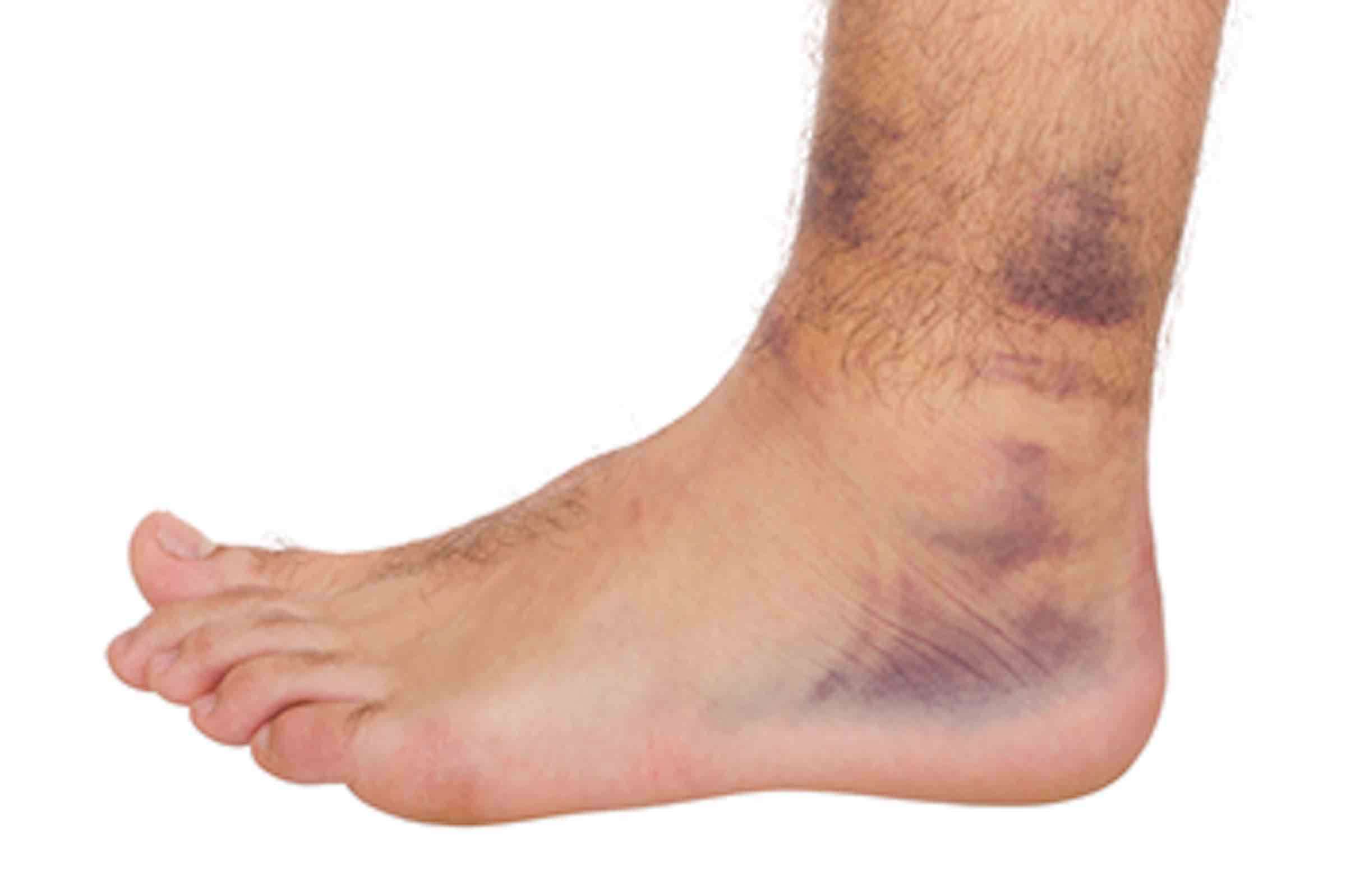
Sprains and Strains
Our physiotherapists and Poiatrists will help assess the severity, stage, and type of injury. Whether it be a sprain or strain, to help determine the best management for you. Usually, the type/severity of the injury can be classified into Grade 1,2 or 3
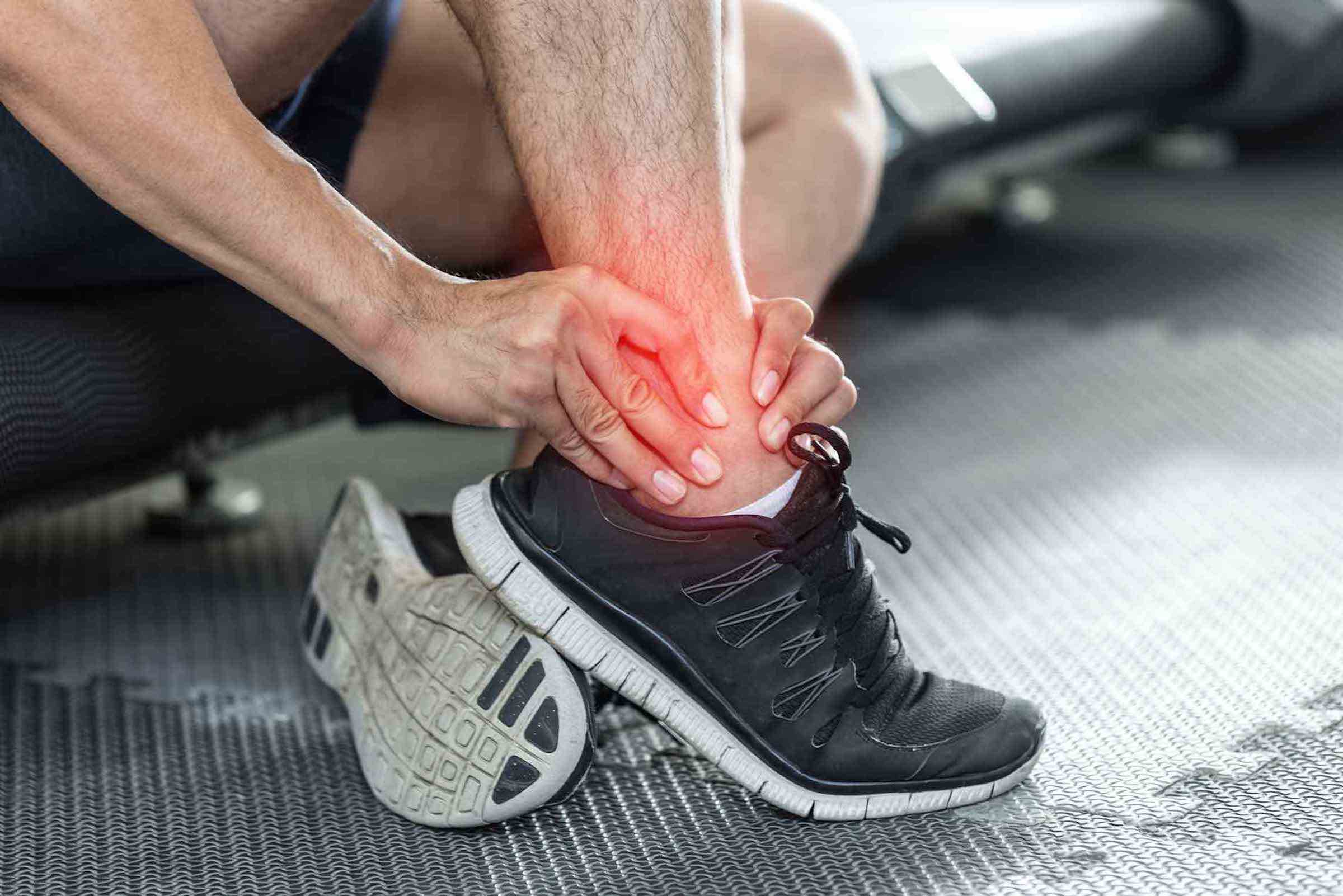
Ankle Pain
Treating ankle pain starts with getting the right diagnosis by having an assessment with your podiatrist. You’ll then receive a custom treatment plan that will focus on both relieving your current symptoms and managing the injury that is causing your pain.
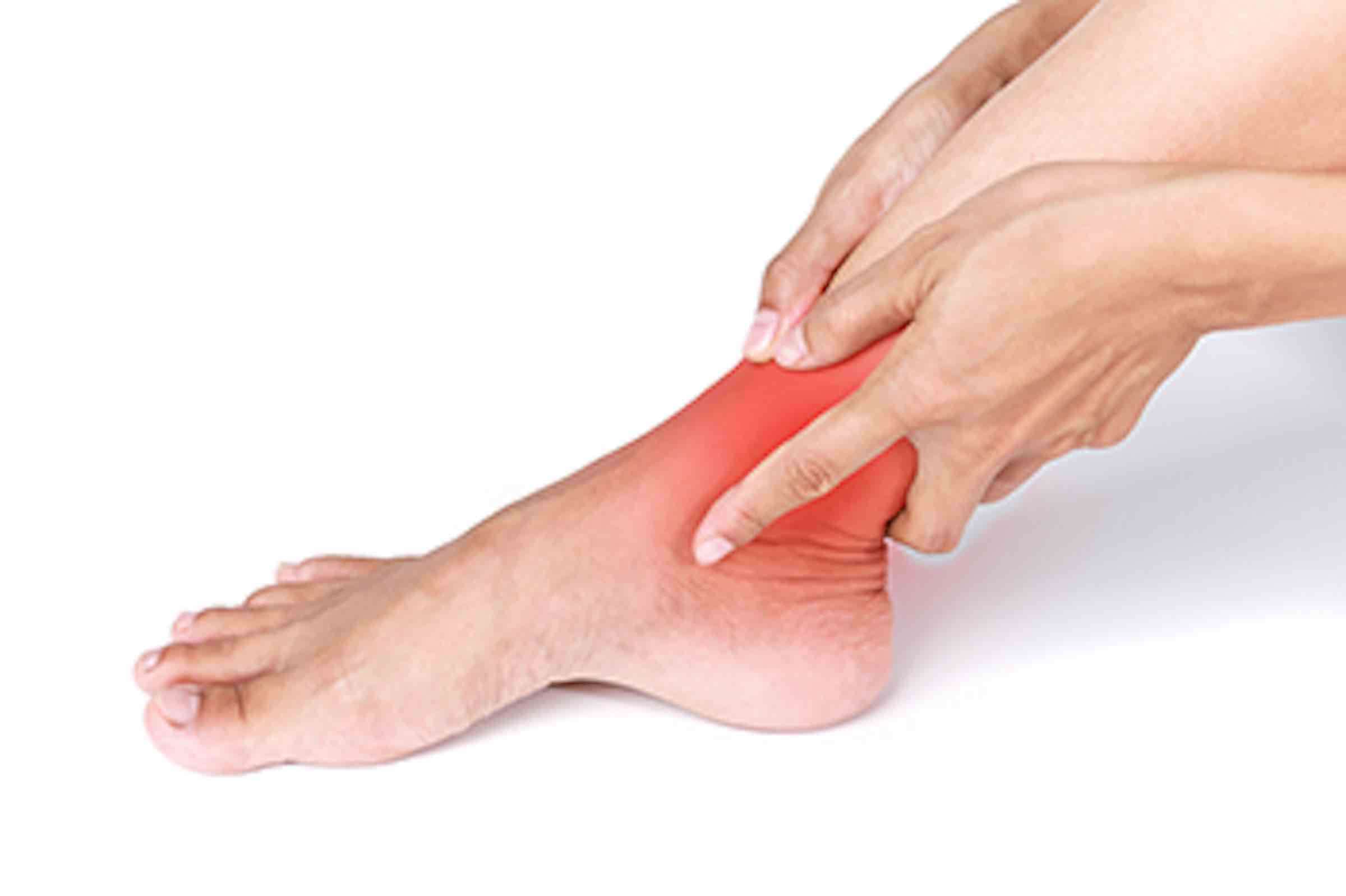
Ankle Sprains
Inversion sprains, where the foot is twisted inwards and you roll outwards onto your ankle, account for approximately 85% of ankle sprains. Inversion injuries usually only affect the ligaments on the outside of the ankle.
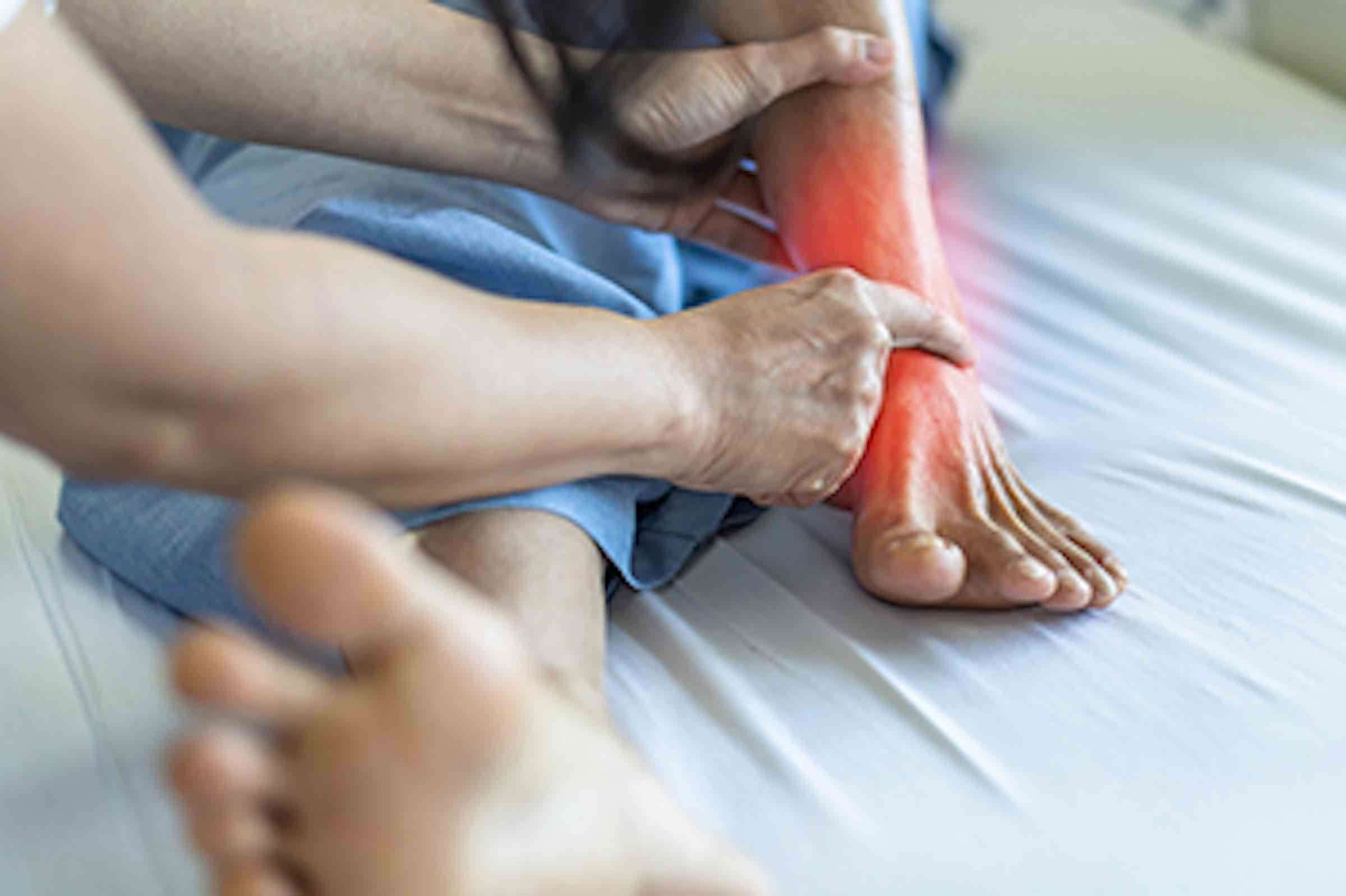
Anterior Ankle Impingement
When you have an anterior ankle impingement, it means that the joint capsule at the front of the ankle is being pinched, compressed or wedged when you move your foot up on your ankle (toes towards the sky). This produces pain, swelling, restricted movement or a locking sensation, and even weakness around the foot and ankle.
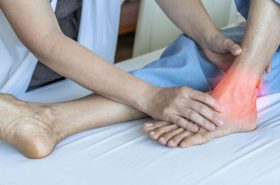
Unstable Ankle After Sprain?
If you have a history of ankle sprains and now feel a weakness in your ankle, have a sensation of giving way, or have a tendency to roll out on your foot more, you may have ankle instability. You may also feel that you have poor balance and control at your ankle.
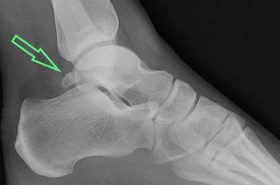
Os Trigonum Syndrome
Os Trigonum Syndrome is a big cause of pain at the back of the ankle that we see particularly in those that are active in sports or activities that have you repetitively pointing your toes downwards. It stems from the presence of an extra (accessory) bone, approximately the size of a small pebble, right behind the ankle joint.

Tarsal Tunnel Syndrome
This tunnel is the home of the posterior tibial nerve, which then splits off into branches that give sensation to areas of your feet. When the space in the tunnel is narrowed, the nerve gets pinched and compressed. This is known as tarsal tunnel syndrome.
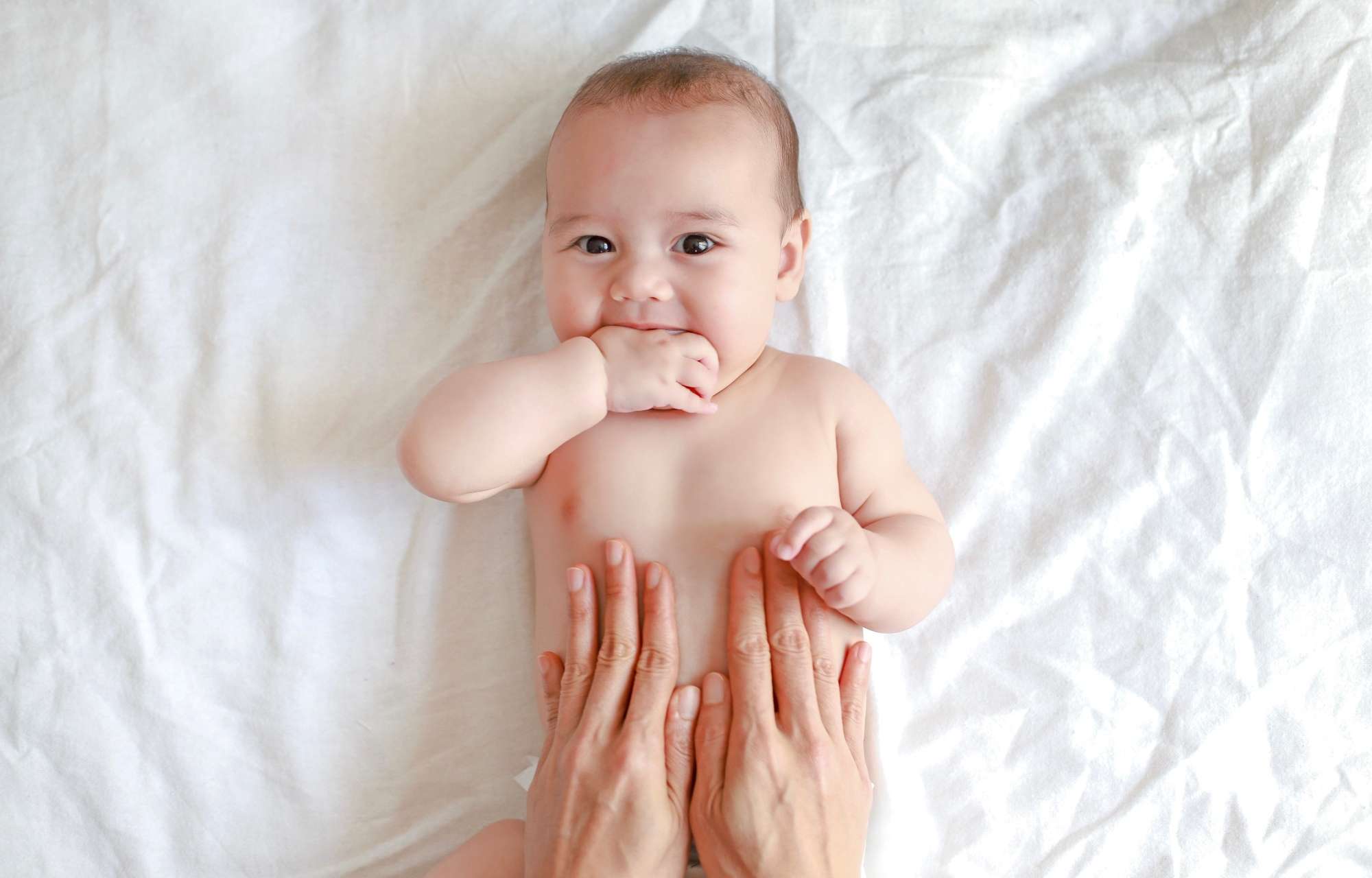
Infant Massage for Constipation
To massage your baby's tummy, place warmed hands on their tummy at or below the belly button. This is a small area, but it's important to target the bowel.

Juvenile Idiopathic Arthritis (JIA)
Juvenile idiopathic arthritis (JIA) is the most common arthritis that occurs in kids, affecting approximately one in 500 children. Technically, JIA is an umbrella term for any arthritis affecting those aged below 16 years. The cause is typically unknown, hence the term idiopathic
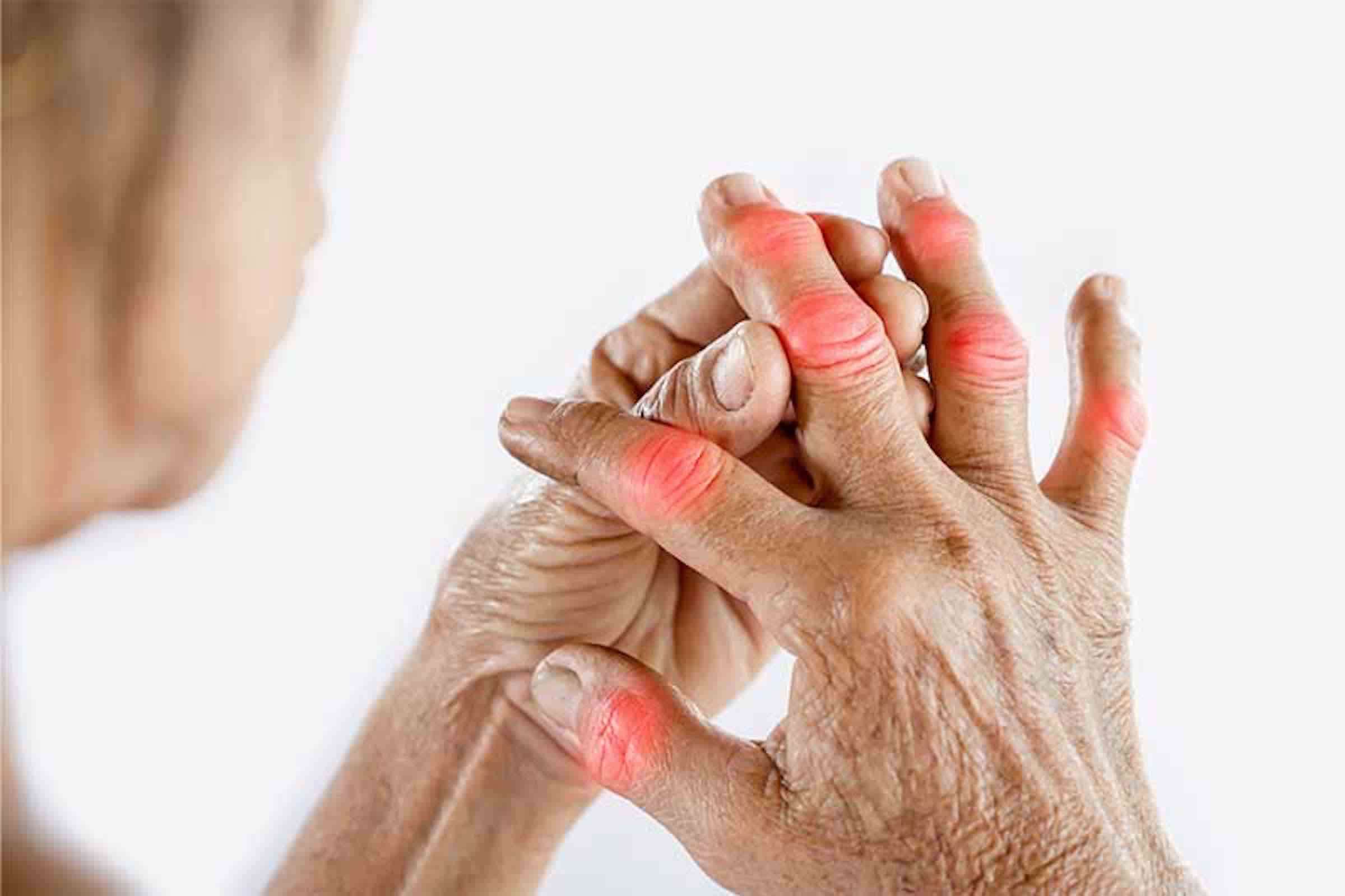
Types of Arthritis
Arthritis can be a painful, restrictive and debilitating condition. While pain and discomfort is one aspect, arthritis in your feet can also cause permanent changes to the joints that can impair mobility, make comfortable shoes more challenging to find, and ultimately affect your quality of life and independence.
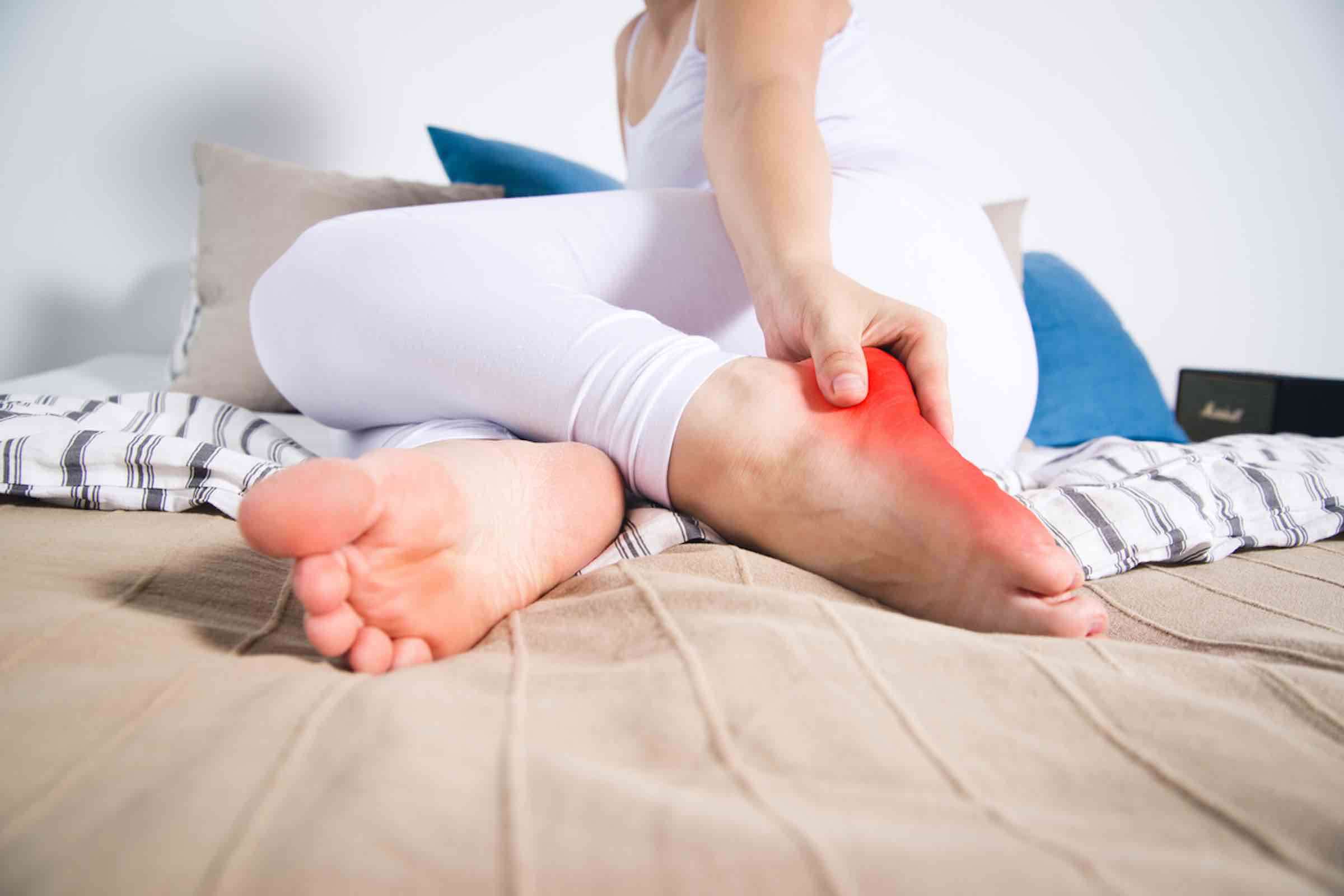
Styloid Process Avulsion Fracture
While a regular fracture describes a break in the bone that tends to occur suddenly, and a stress fracture describes tiny hairline cracks that develop slowly over time, an avulsion fracture is one where the stress and tension from a tendon or ligament that is attached to a bone pulls of a piece off the bone, fracturing it.
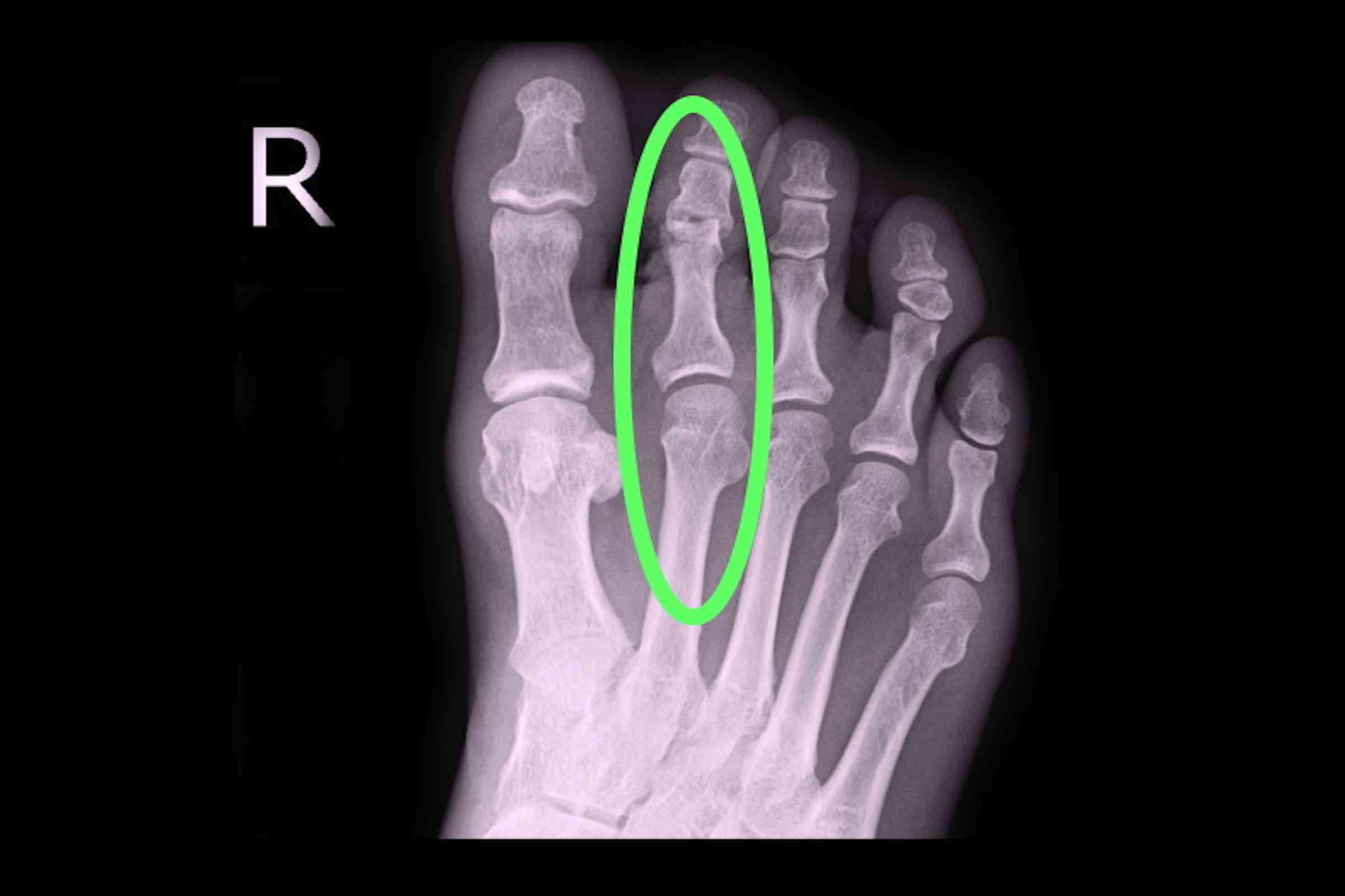
Bursitis Treatment
The most common cause of bursitis that we see here at Adelaide Physio and Podiatry Clinic is from overuse – meaning that repetitive activity, strain and heavy loads on the bursa exceed what it can safely handle, and it becomes injured.
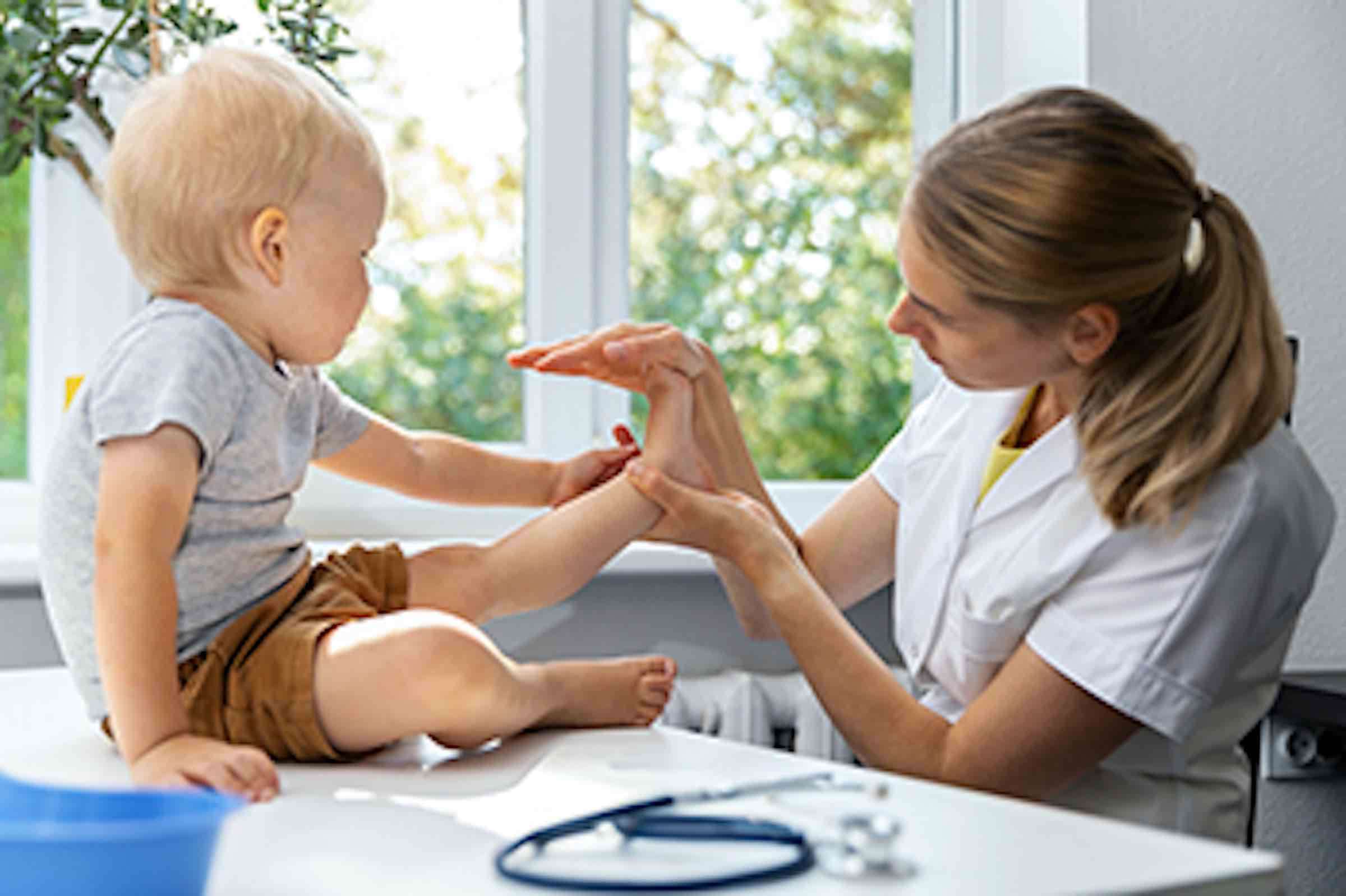
Kids Feet
When Should I Be Concerned About My Child’s Foot Pain? There is never a time where foot pain in children is ‘normal’. You may easily be able to distinguish the cause of some foot pain, like blisters on the toes from tight or narrow shoes. Other times, like when your child starts getting knee, shin or foot pain during sports, the cause may not be clear.
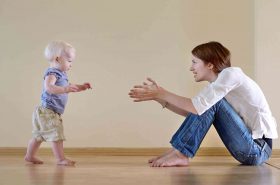
Delayed Walking in Kids
There is no need to be concerned as long as your child is walking within 17 months. Some kids may simply be more interested in building other skills, like improving their communication, thinking and new emotions, which also occur around the same age.
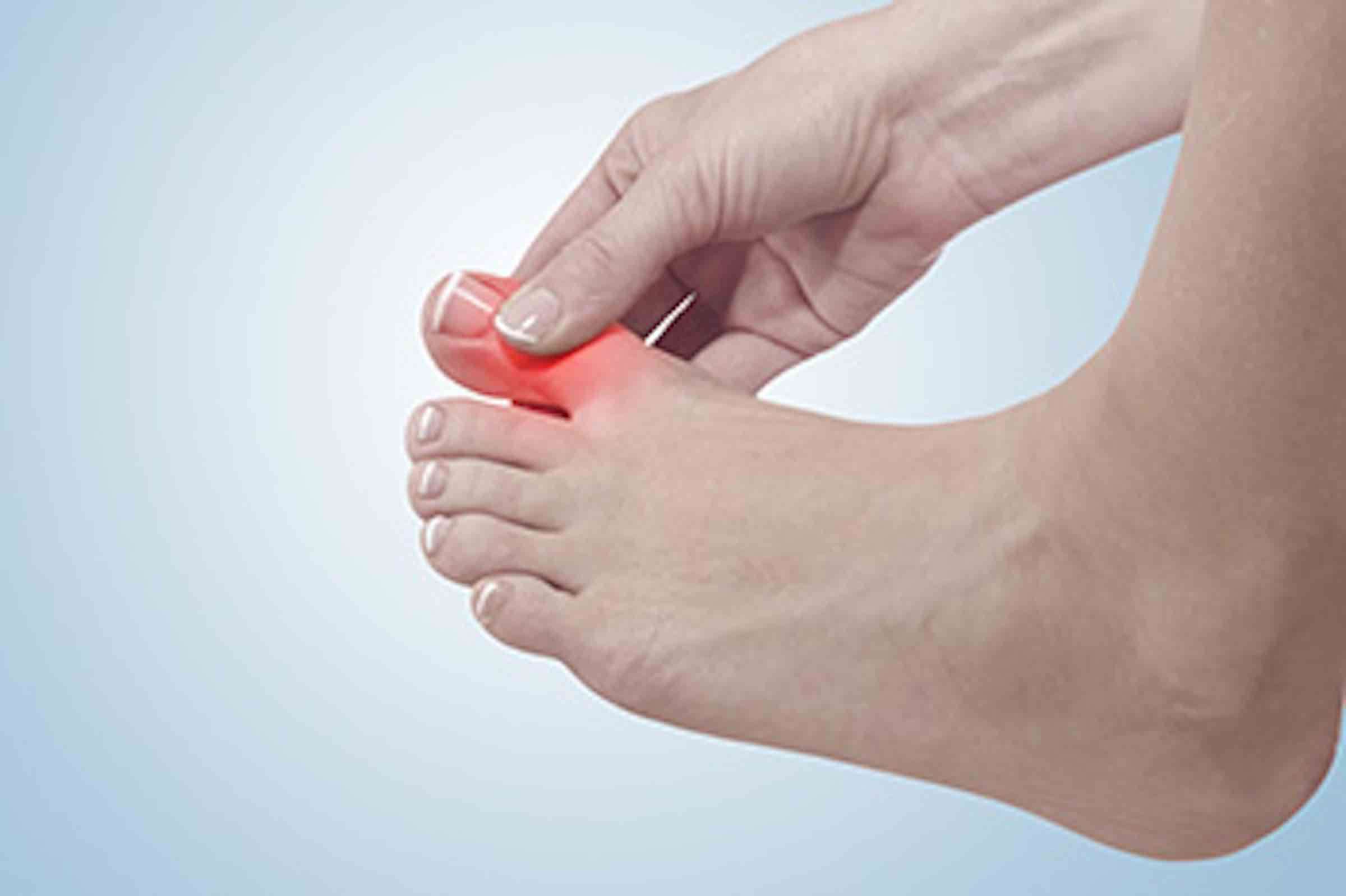
Turf Toe Treatment
Simply put, a turf toe is a sprained big toe. It gets the name turf toe because many of these injuries are sustained on artificial turf, like during games of rugby, hockey, sprints and the like.
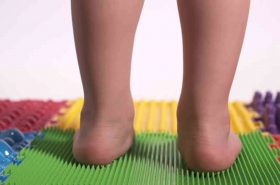
Feet in Down Syndrome
Down Syndrome is a genetic disorder where the cell division of a developing baby results in them having an extra copy of chromosome 21. The result is physical and developmental changes in the child.
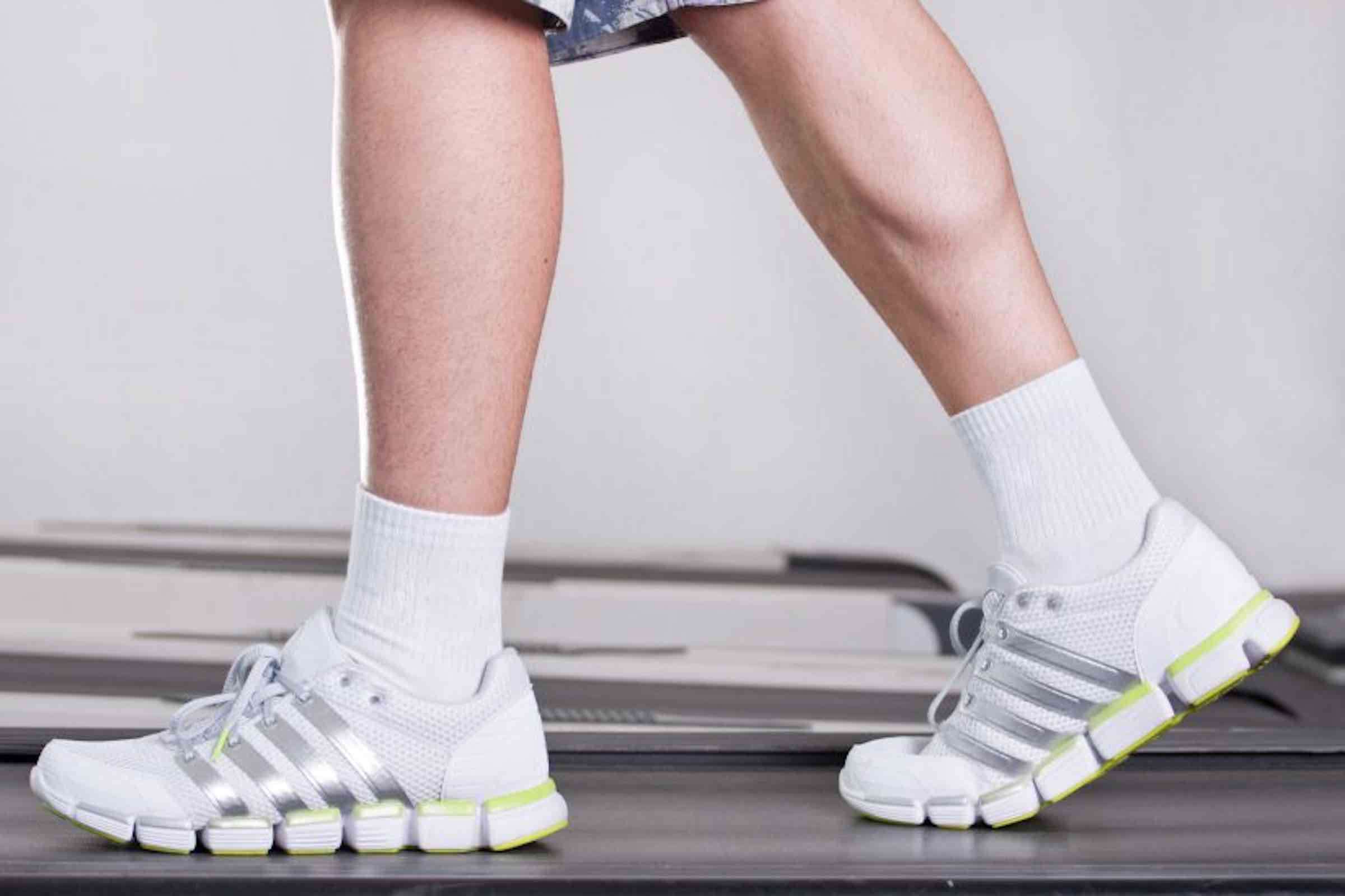
Feet in Stroke Patients
A stroke is caused by a sudden interruption to the blood supply to the brain. When the brain lacks sufficient blood flow for a certain time, the brain tissue becomes damaged and cell death can occur.
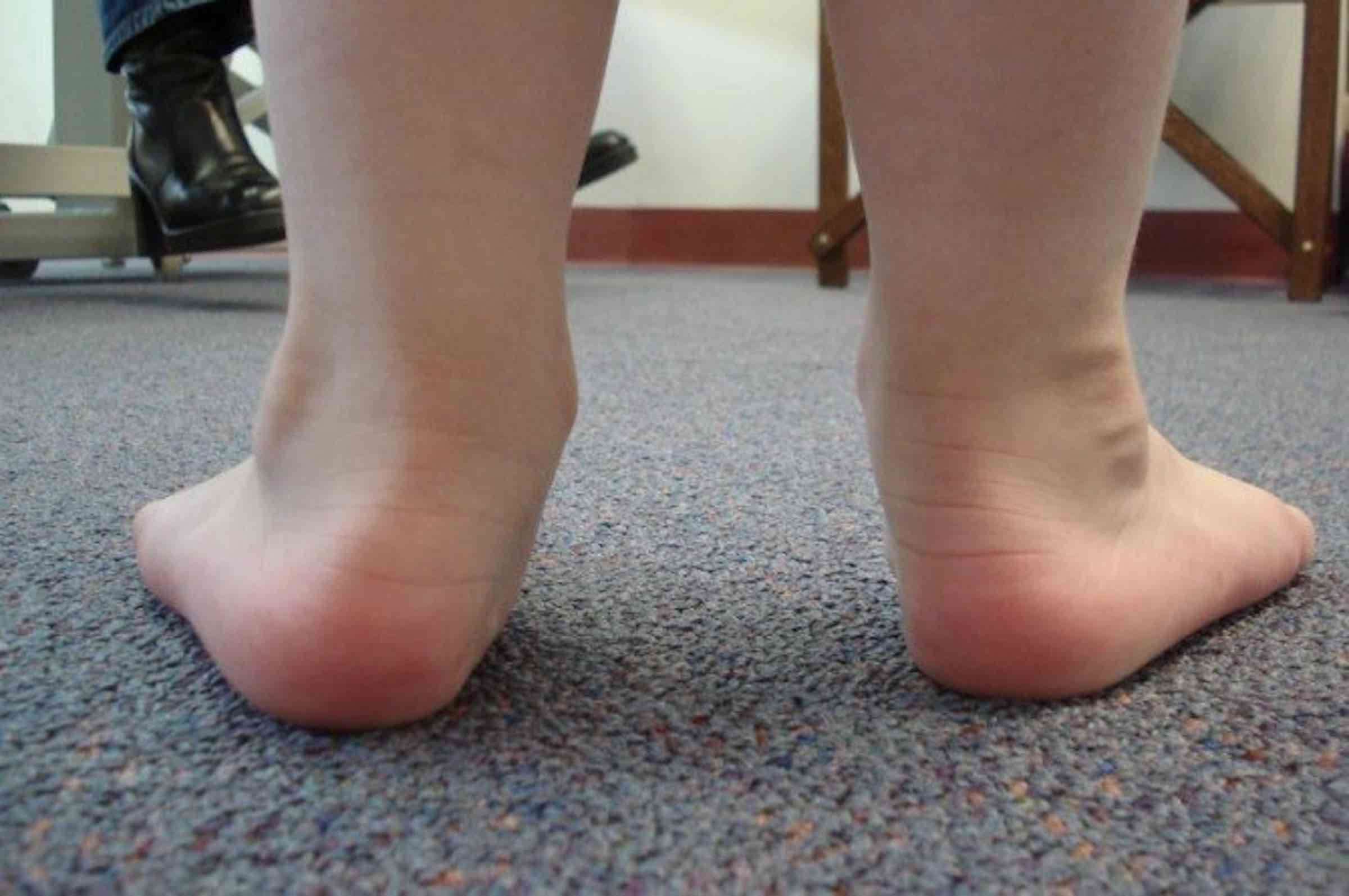
Flat Feet in Kids
If you’re looking at your child’s feet and wondering “is it okay that my child’s feet are so flat?” – you’re definitely not alone! The answer is that it depends on their age and any other symptoms they’re experiencing.
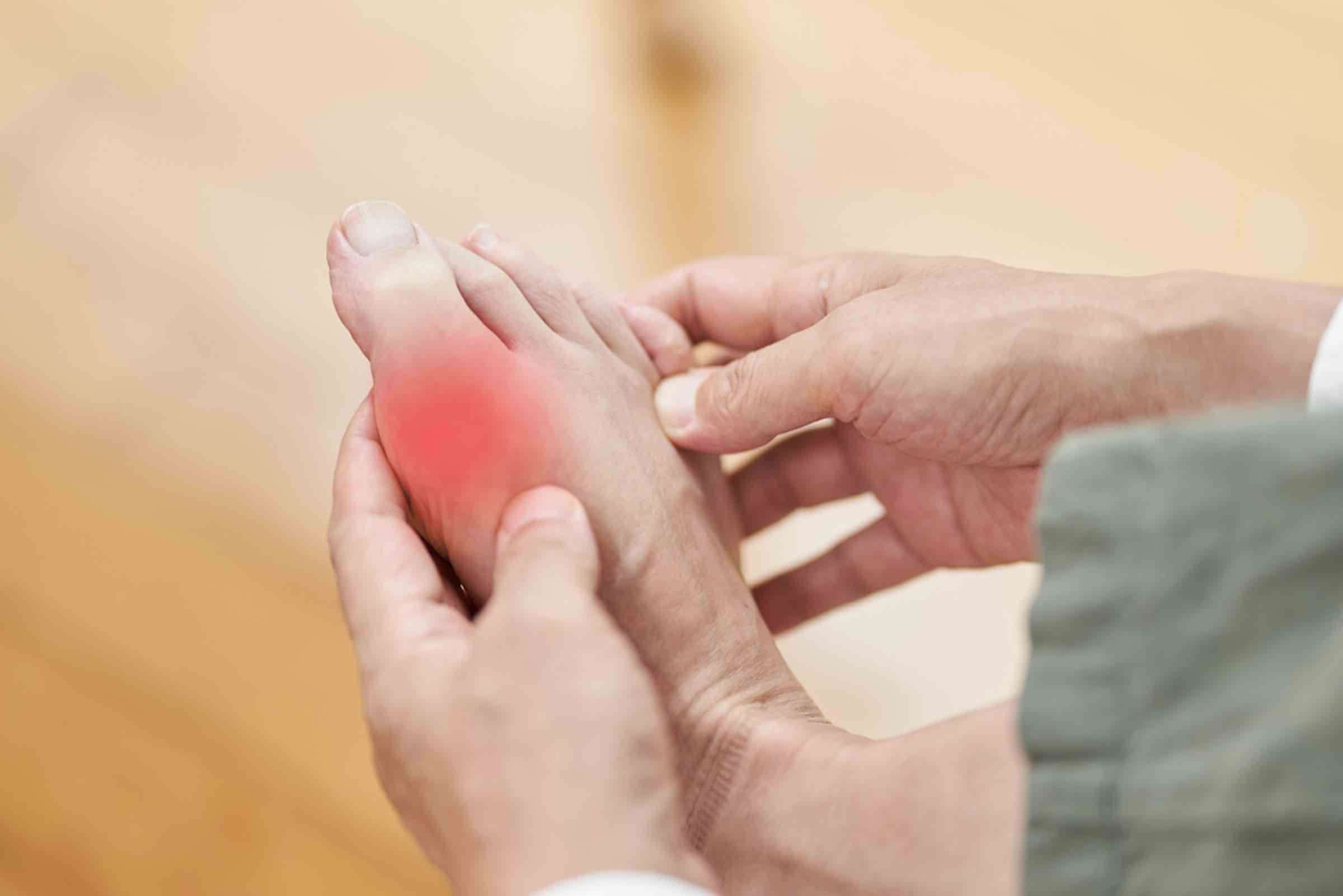
Big Toe Joint Pain | Gout
Gout is a unique type of arthritis that is caused by needle-like crystals forming in your joints.
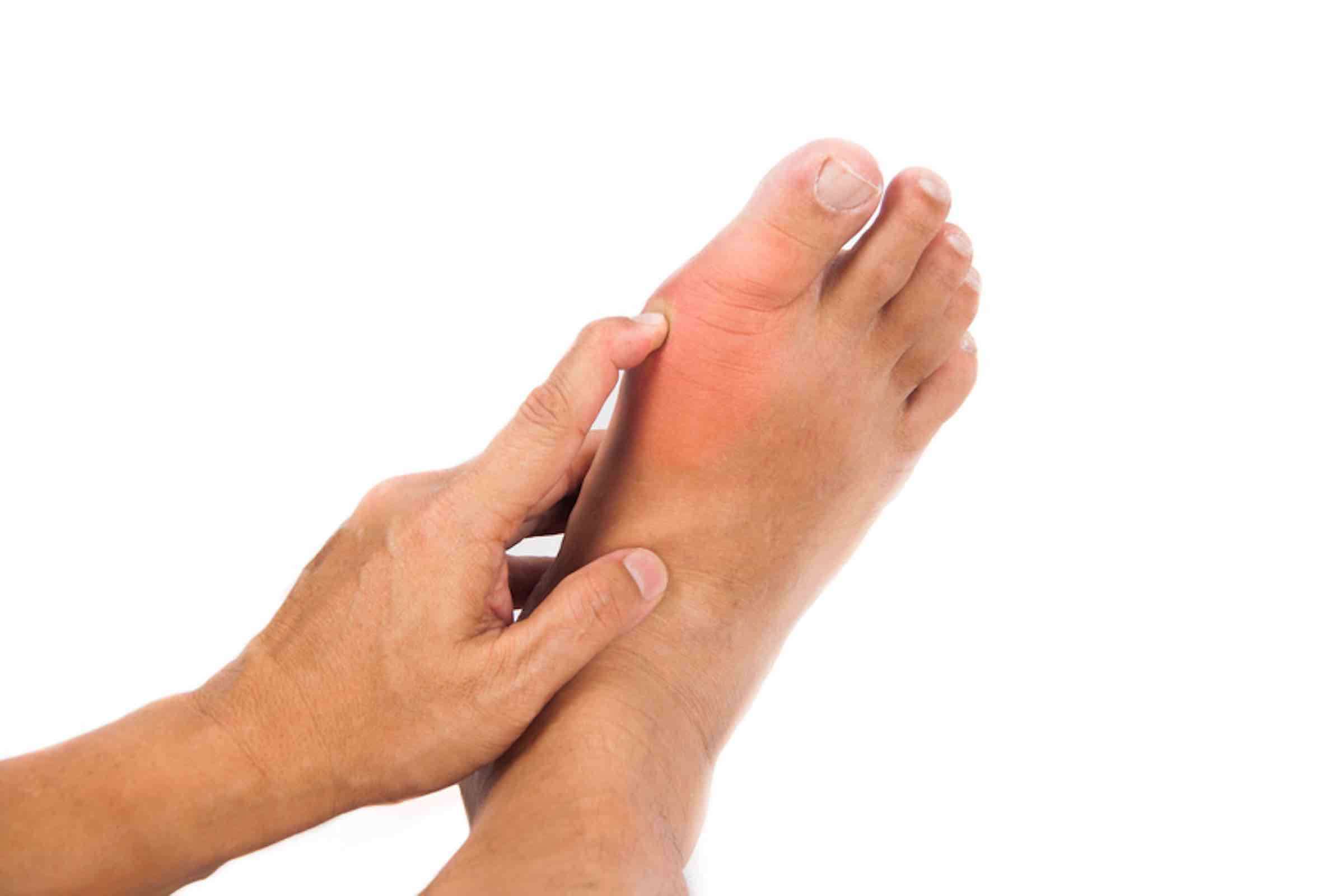
Osteoarthritis (OA)
Osteoarthritis is best known as the wear and tear arthritis that is a common cause of joint pain and mobility restrictions in older adults.
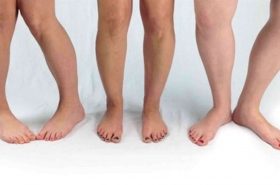
Out-Toeing
Out-toeing describes the position where the feet are turned outwards when you walk instead of facing straight ahead. If you out-toe, it is sometimes labelled as being ‘duck-footed’.
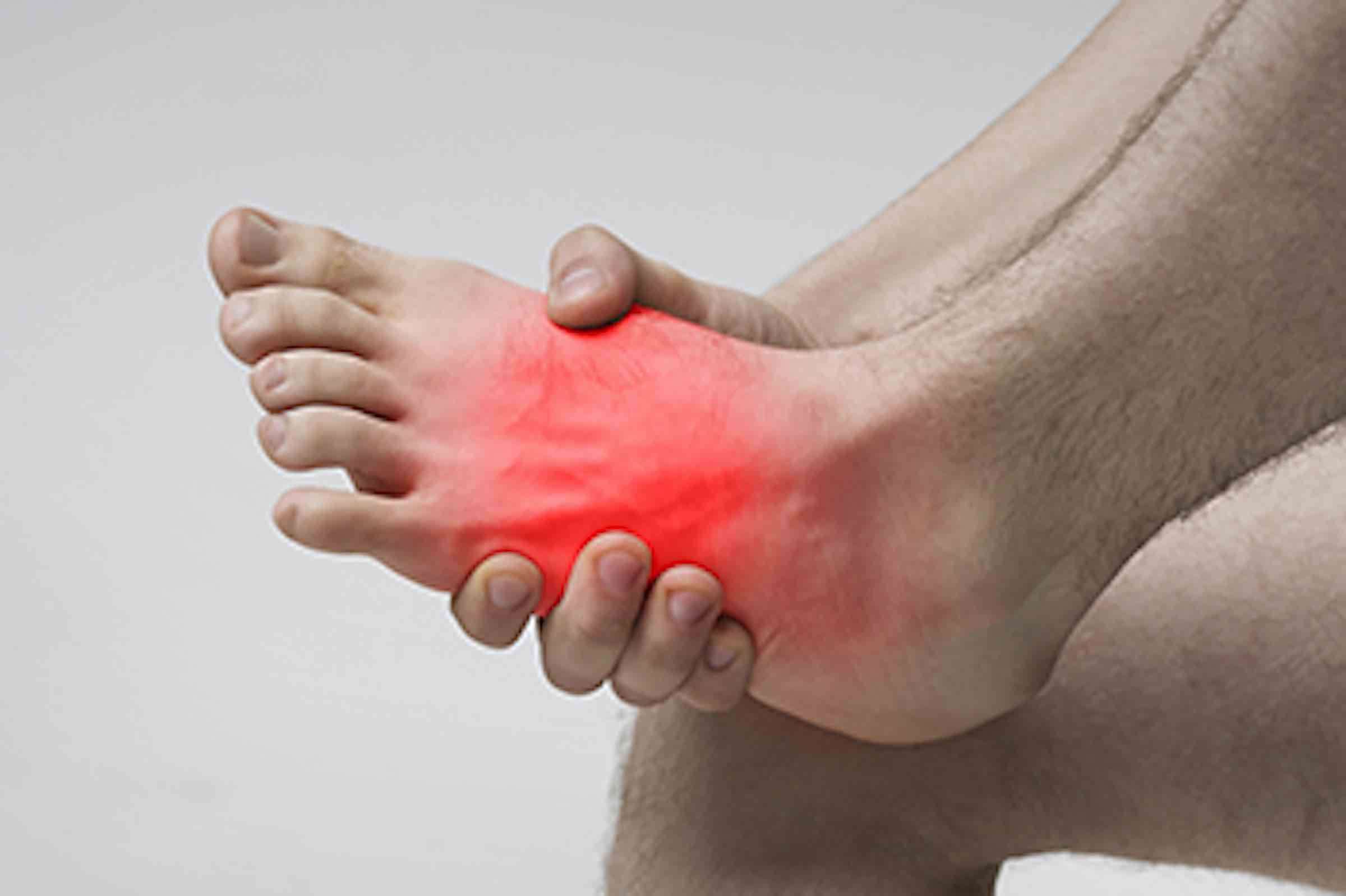
Stress Fracture
A stress fracture is a small crack in the bone that develops gradually over time, often starting as a barely noticeable niggle or a dull ache and gradually increasing in severity.
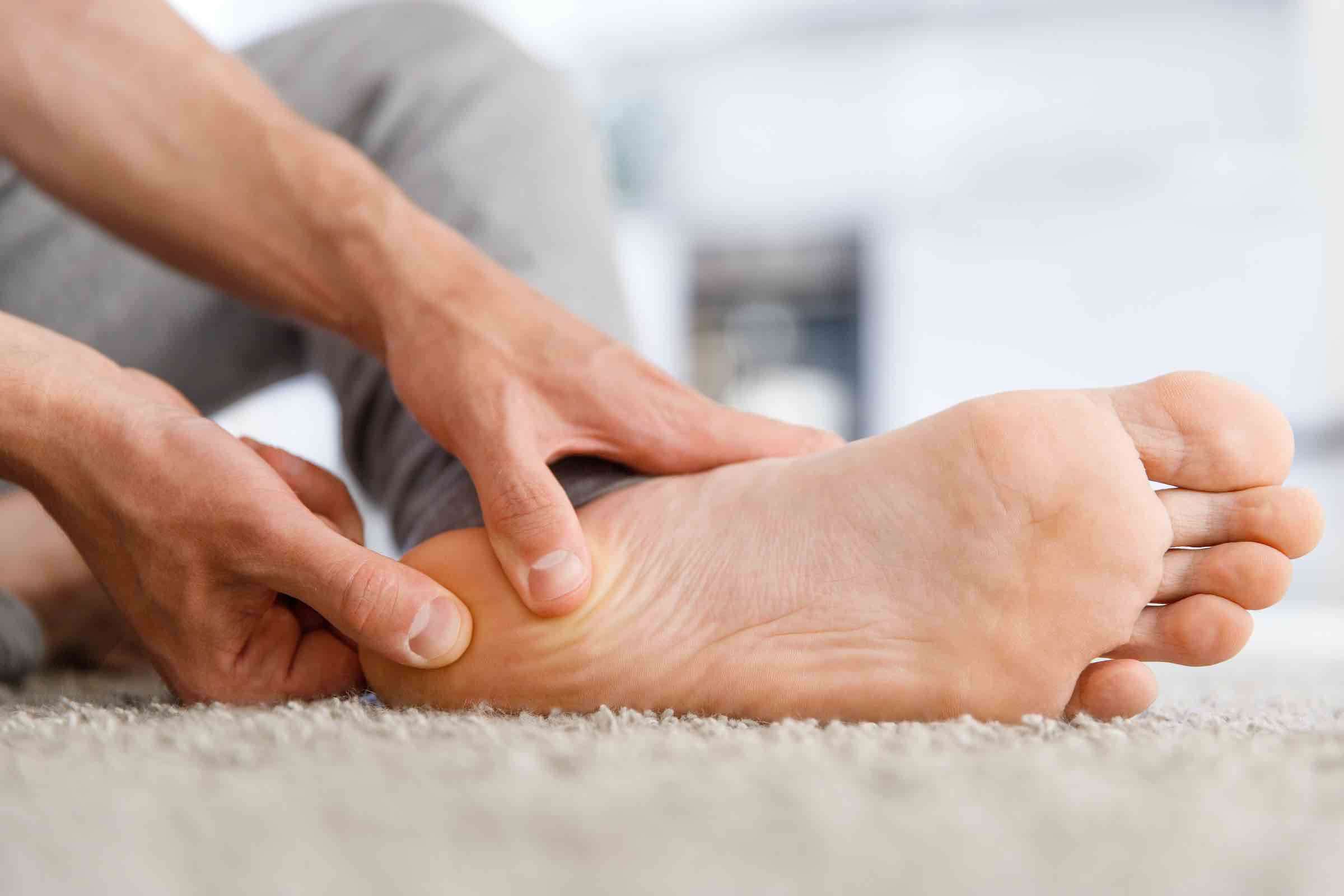
Plantar Fasciitis Treatment
The plantar fascia is a long, thin connective tissue that connects the heel to the front of your foot, It supports the arch of the foot and helps with shock absorption when stepping and running. But sometimes, too much pressure may irritate, damage or tear the tissues. This will all in tun cause inflammation at the connective tissue, which results in the heel pain and stiffness of plantar fascia.
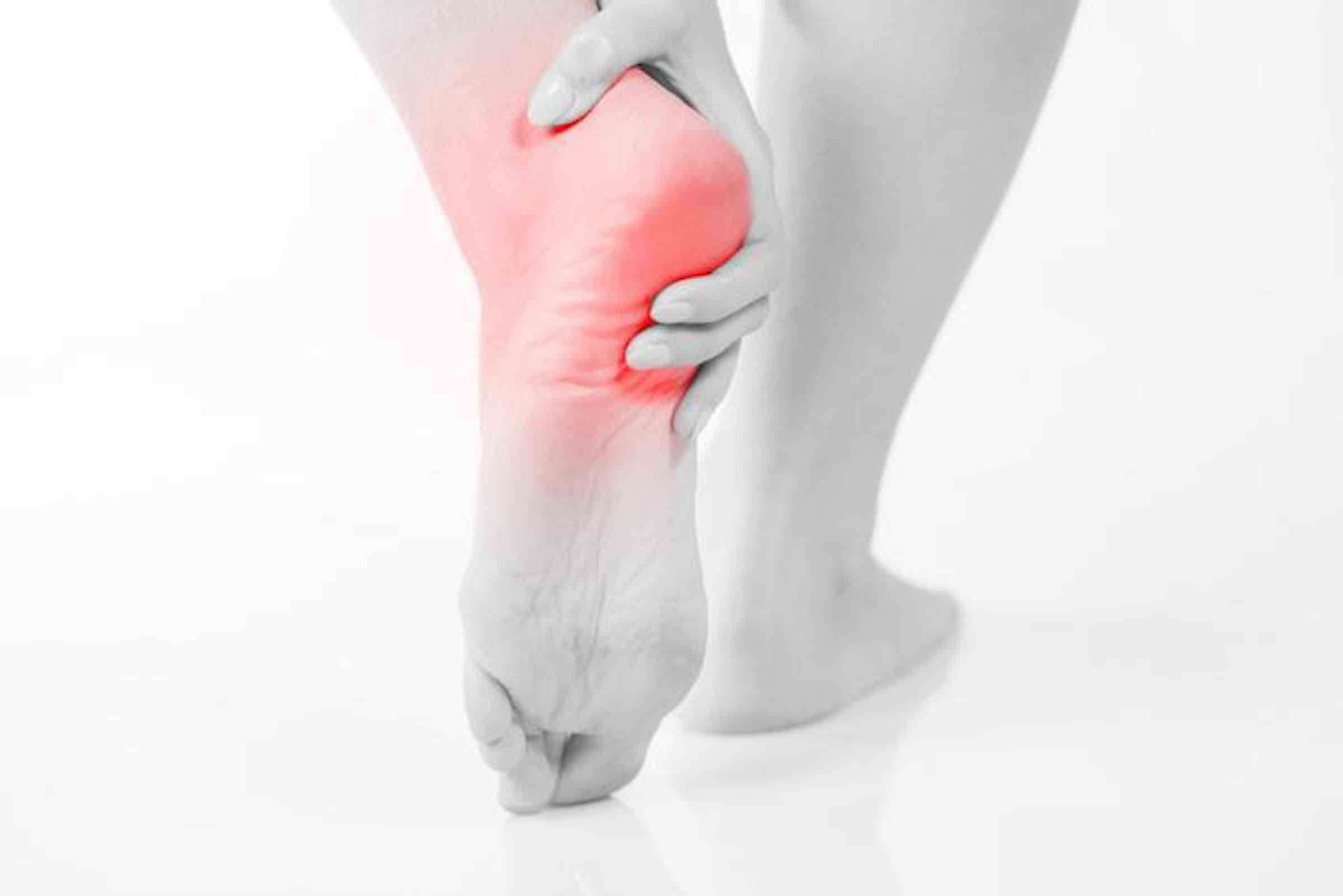
Heel Pain
Plantar fasciitis, often referred to as heel spurs, is the most common cause of heel pain that we see and treat. It causes pain at the bottom and inner edge of the heel, and can range from mild to severe.
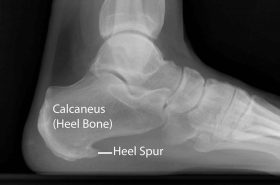
Heel Spur Treatment
Pain after work If you’ve had ongoing heel pain for some time, especially heel pain that is worse first thing in the morning or when standing after rest, then you may have developed a heel spur.
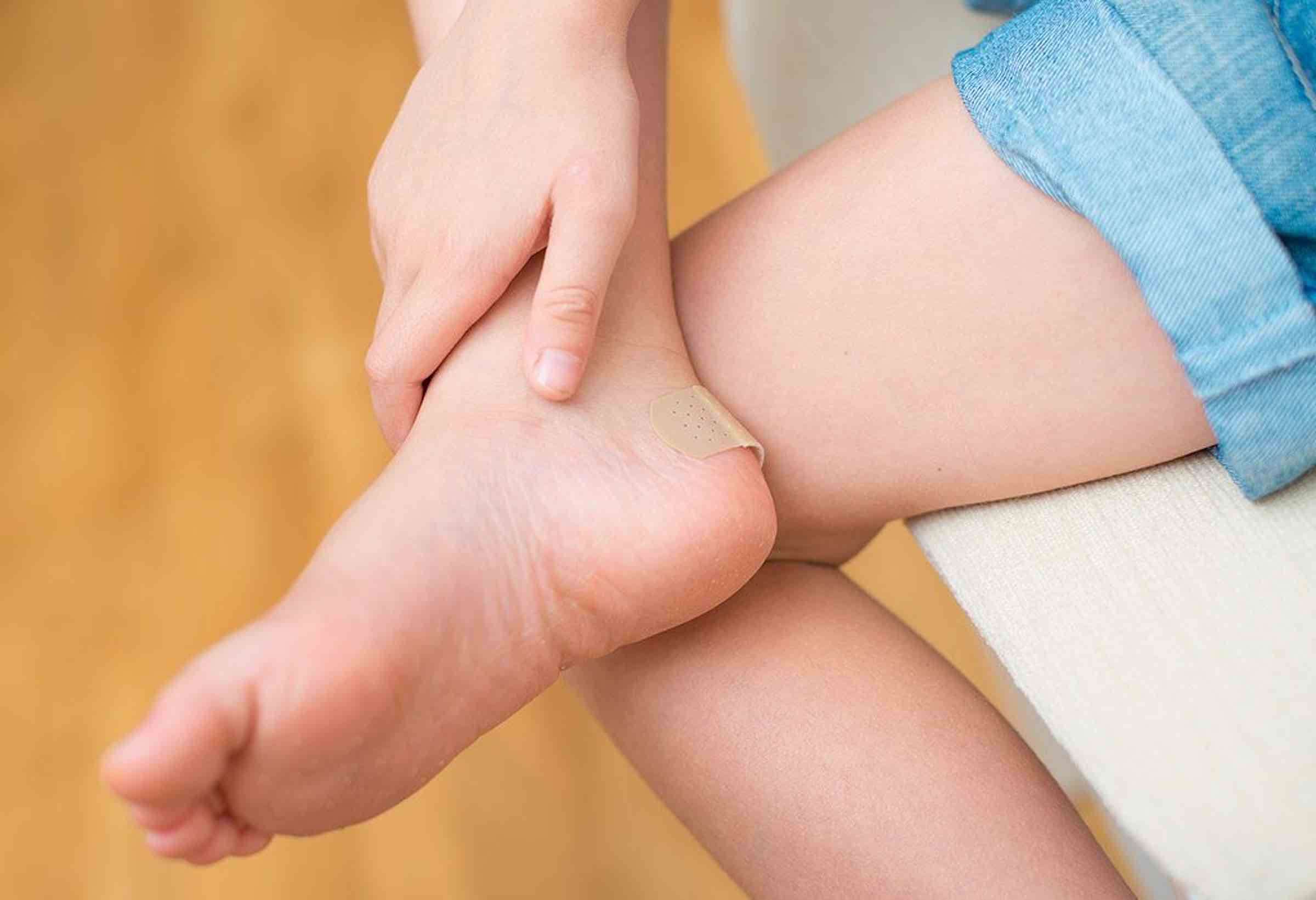
Heel Pain in Kids | Sever's Disease
Sever’s disease is the most common cause of heel pain in children aged 8-14 years. Don’t worry, Sever’s is not a true disease, but a temporary condition that affects growing children.
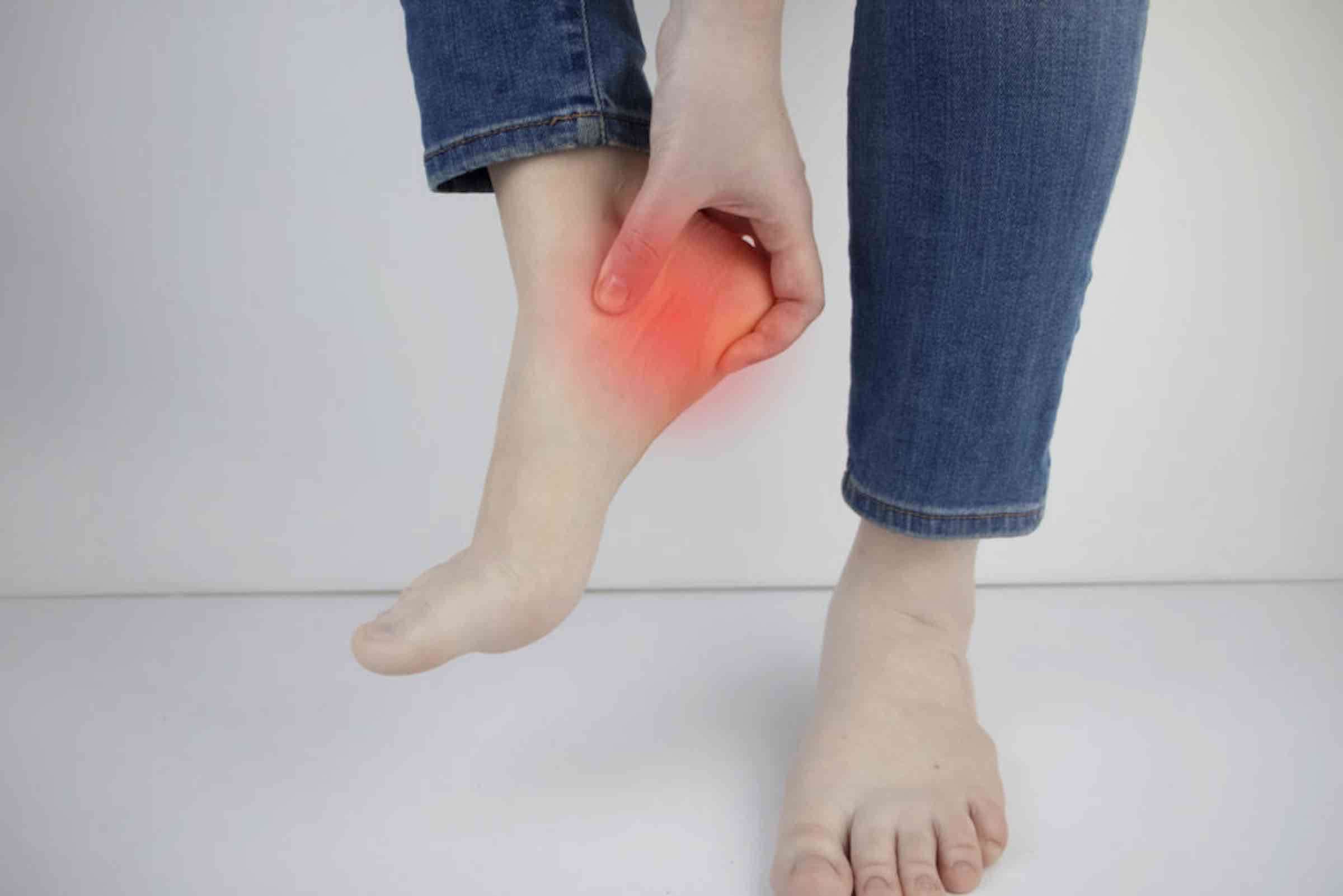
9 Things You Must Know About Heel Pain
Plantar Fasciitis is the leading cause of pain beneath the heel or into the inner arch of the foot. It is often commonly, yet mistakenly, referred to as a heel spur.
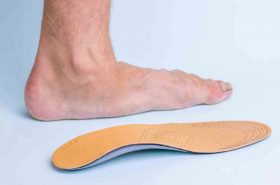
Orthotics for Flat Feet
What Are Flat Feet? If your feet appear to have no arch and excessively roll inwards and downwards towards the floor when you’re standing, then it’s likely that you have flat feet.
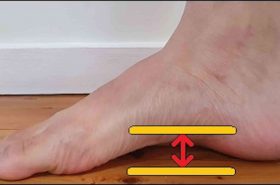
High Arched Feet
What are high-arched feet? A high arched foot is the opposite of a flat foot, where instead of the foot rolling down (pronating) to have a low or flat arch, the foot does not roll down very much and maintains a high and curved arch.
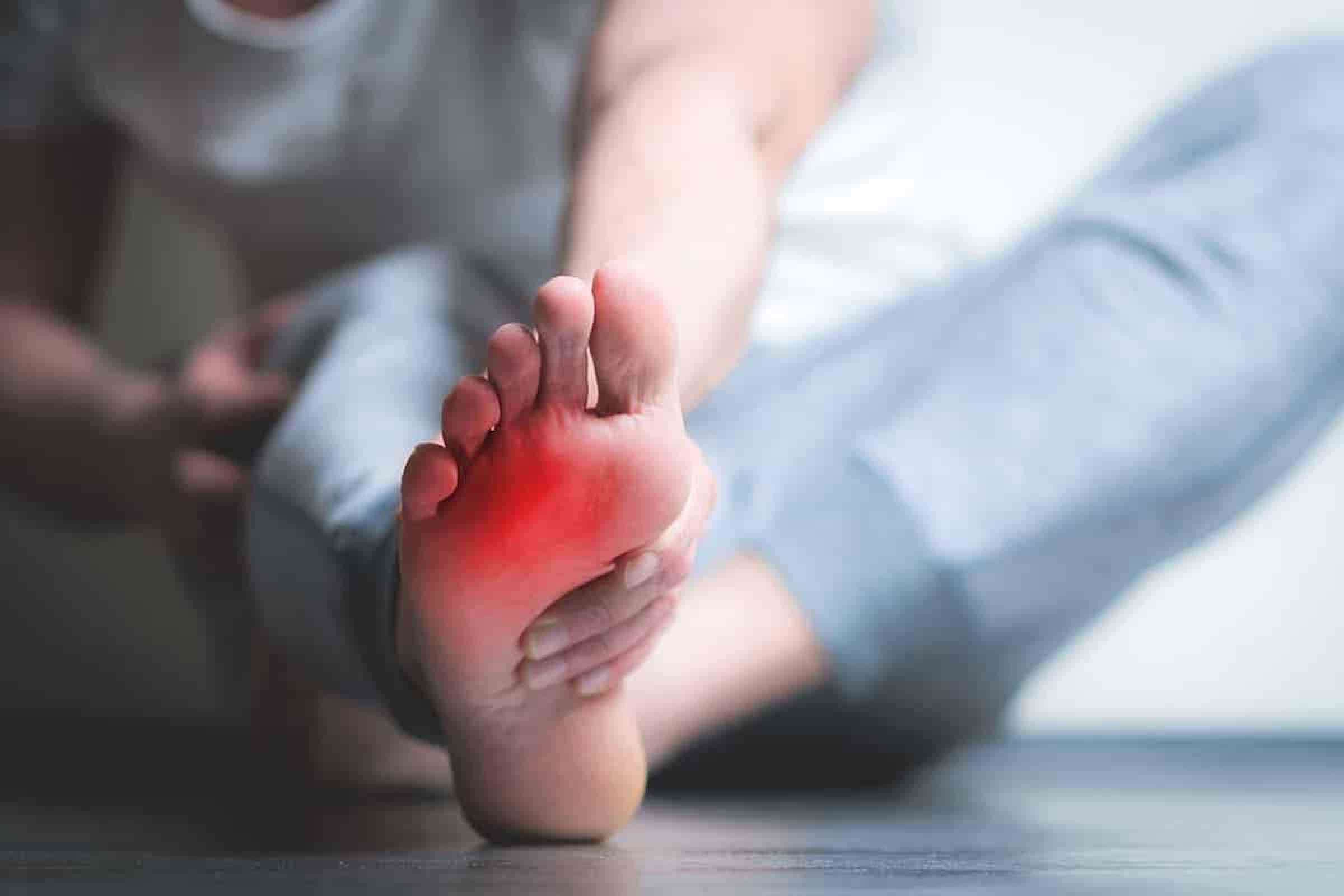
Metatarsalgia Treatment
Metatarsalgia is a broad term that describes pain in the forefoot, in the area of the metatarsal bones. These are the long bones in your forefoot that connect to the toes.
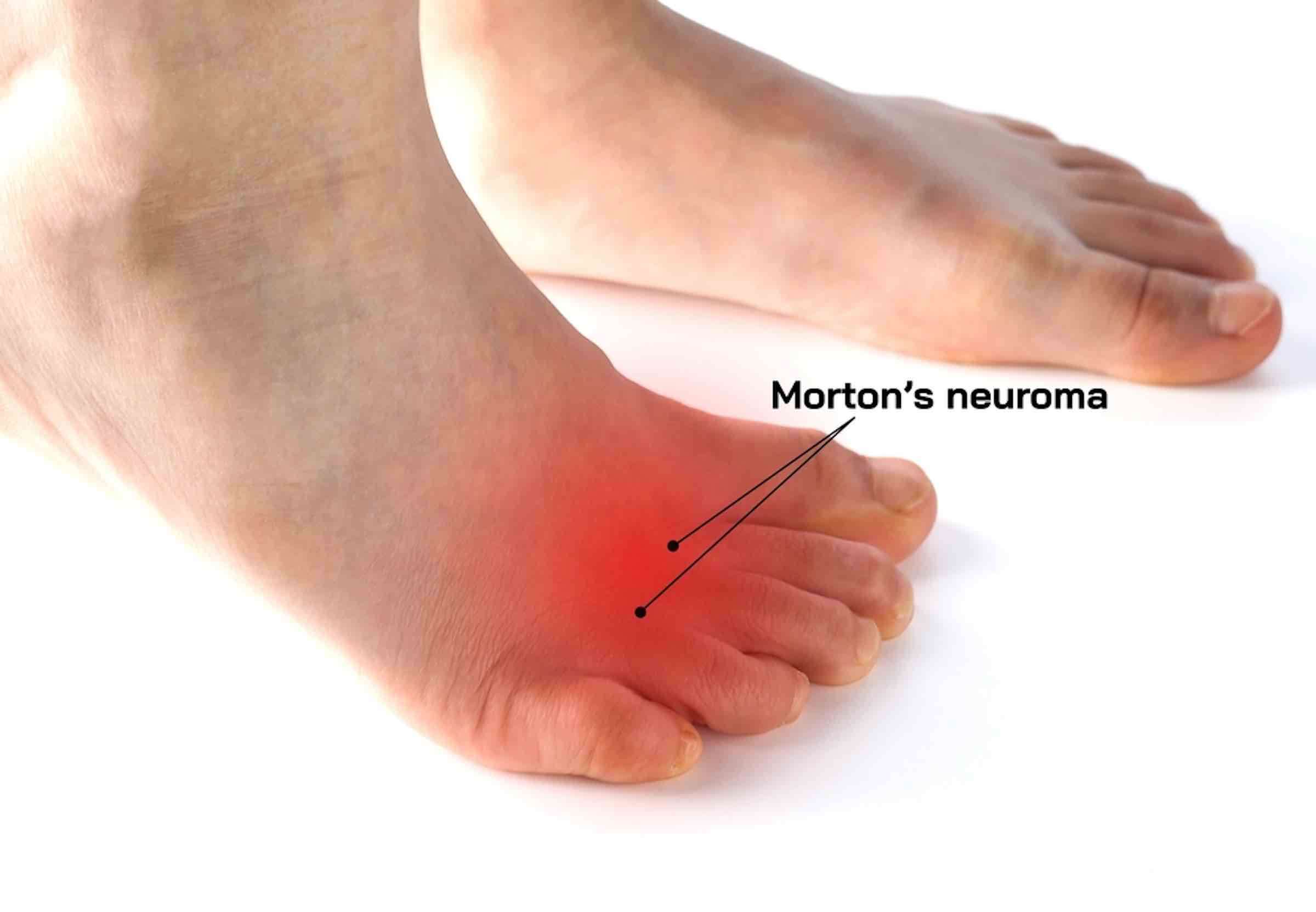
Morton's Neuroma Treatment
A Morton’s neuroma can feel like a hard, painful pebble between the long bones of your feet – often between the third and fourth toes.
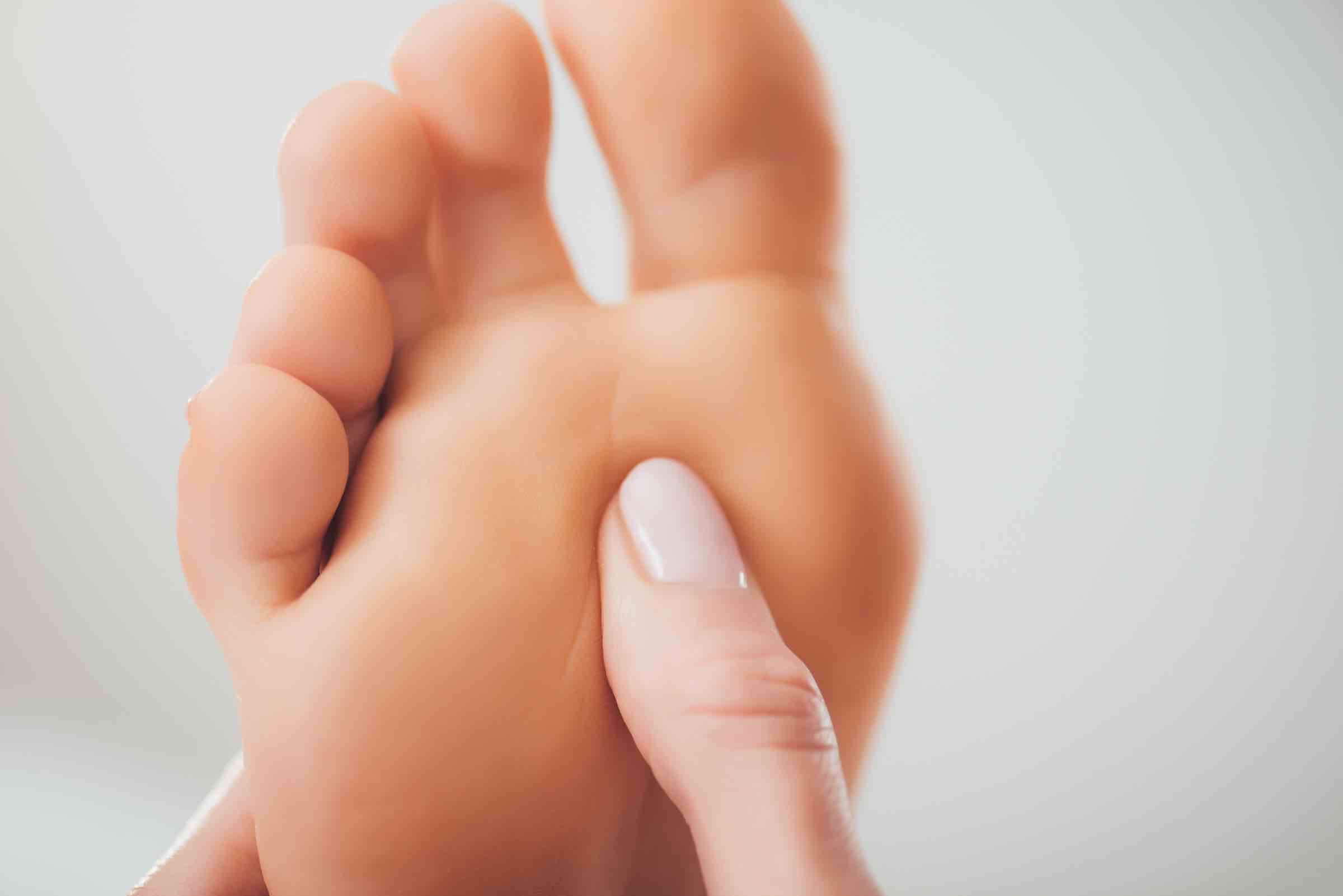
Plantar Plate Tear
What is the plantar plate? Your plantar plate is a thick ligament that runs along the ball of your foot, connecting to the joints. The plantar plate is designed to protect the head of the metatarsal (the long bones of the foot) from excess pressure.
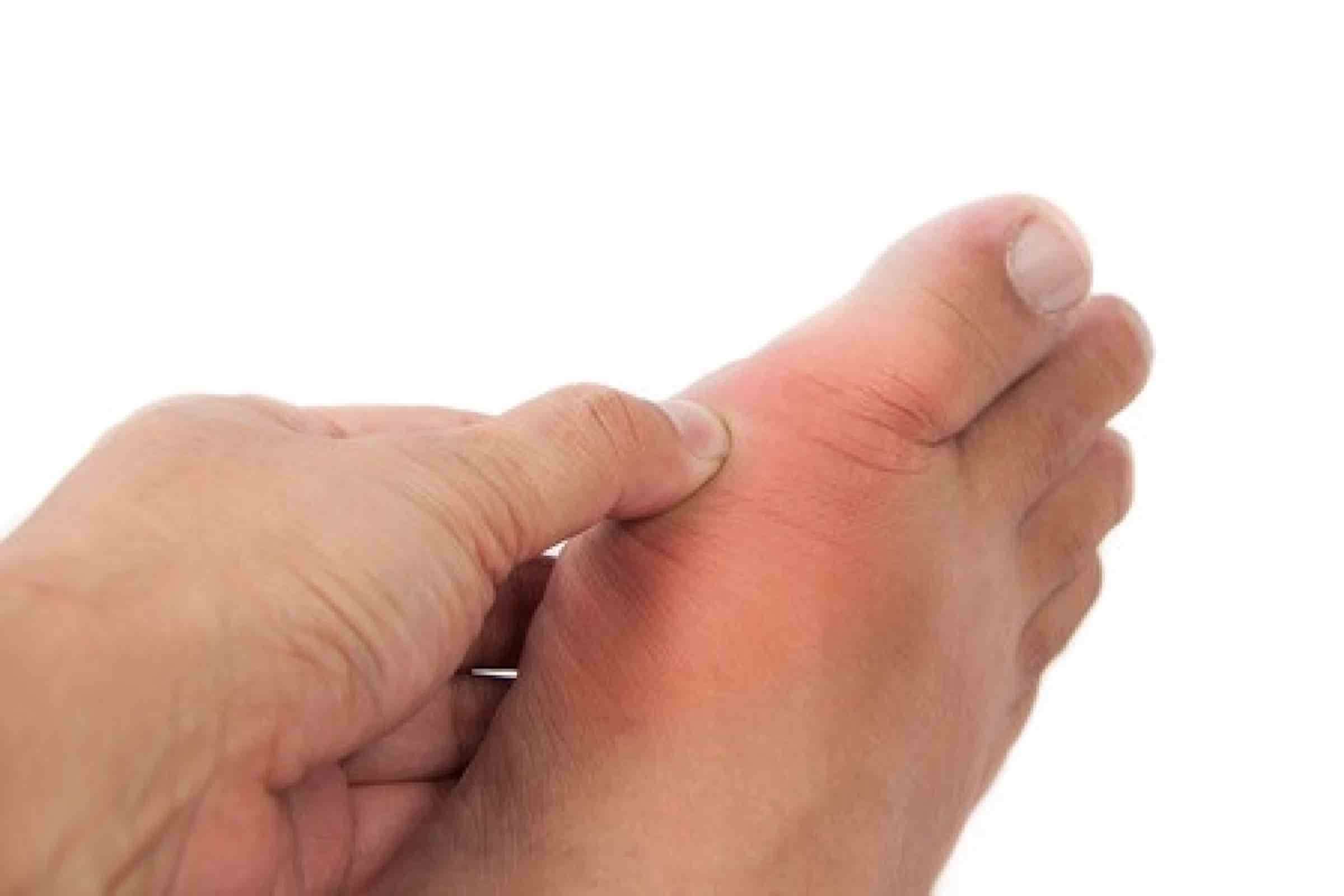
Sesamoiditis Treatment
What is sesamoiditis? Sesamoiditis causes pain at the ball of the foot, beneath the big toe joint. Sesamoid bones are embedded in a tendon, much like the kneecap, acting to increase the leverage of the tendons that control the big toe.
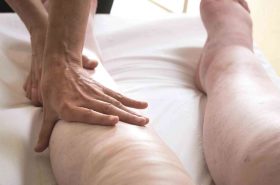
Lymphoedema Treatment
Lymphoedema is a swelling of part of the body, usually a leg or an arm. This is due to a mechanical failure of the lymphatic system and occurs when the demand for lymphatic drainage...
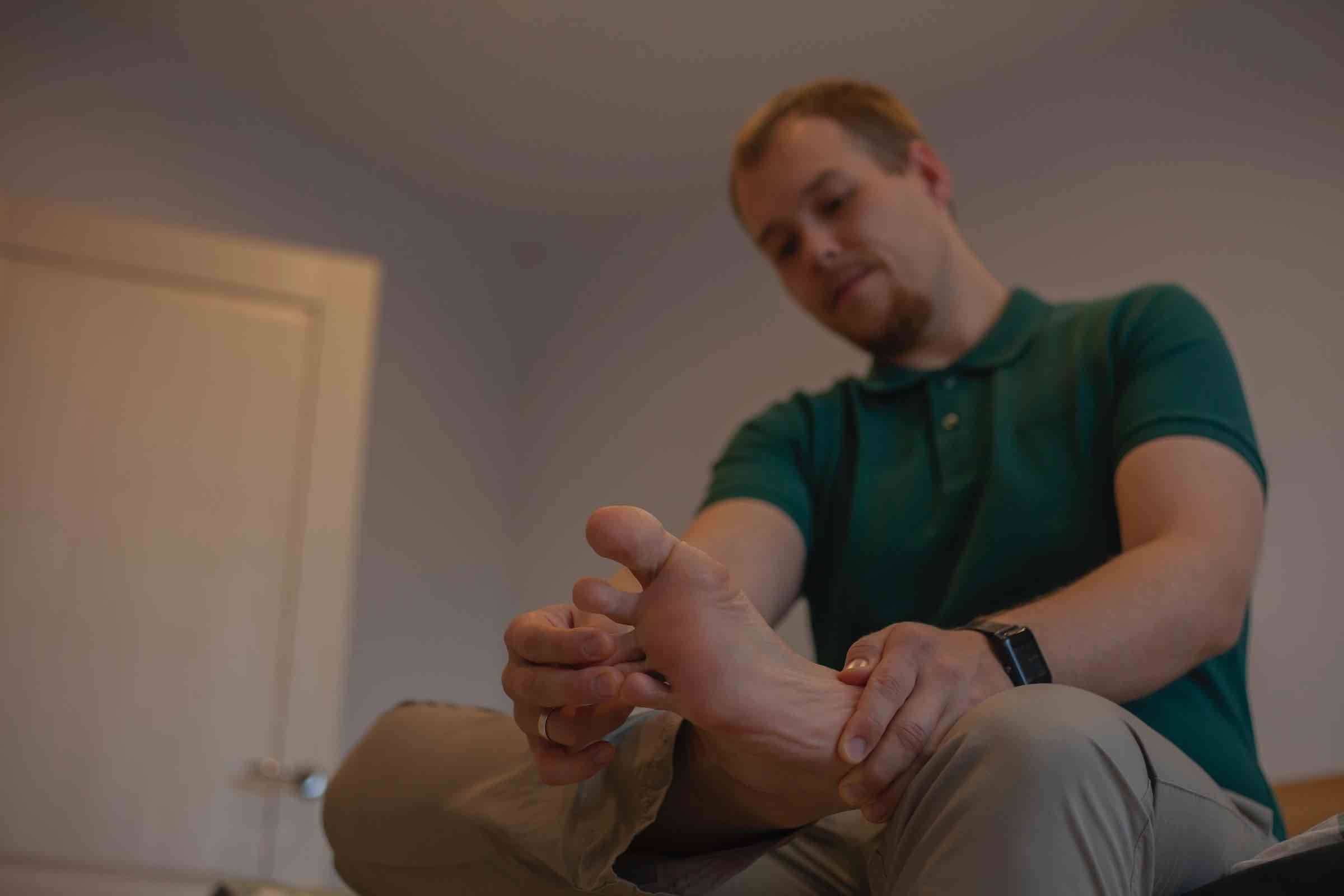
Osteoarthritis and Rheumatoid Arthritis
Arthritis is not a single disease, it is an umbrella term for more than 100 types of diseases involving one or more joints of your body. The most common types of arthritis are osteoarthritis and rheumatoid arthritis.
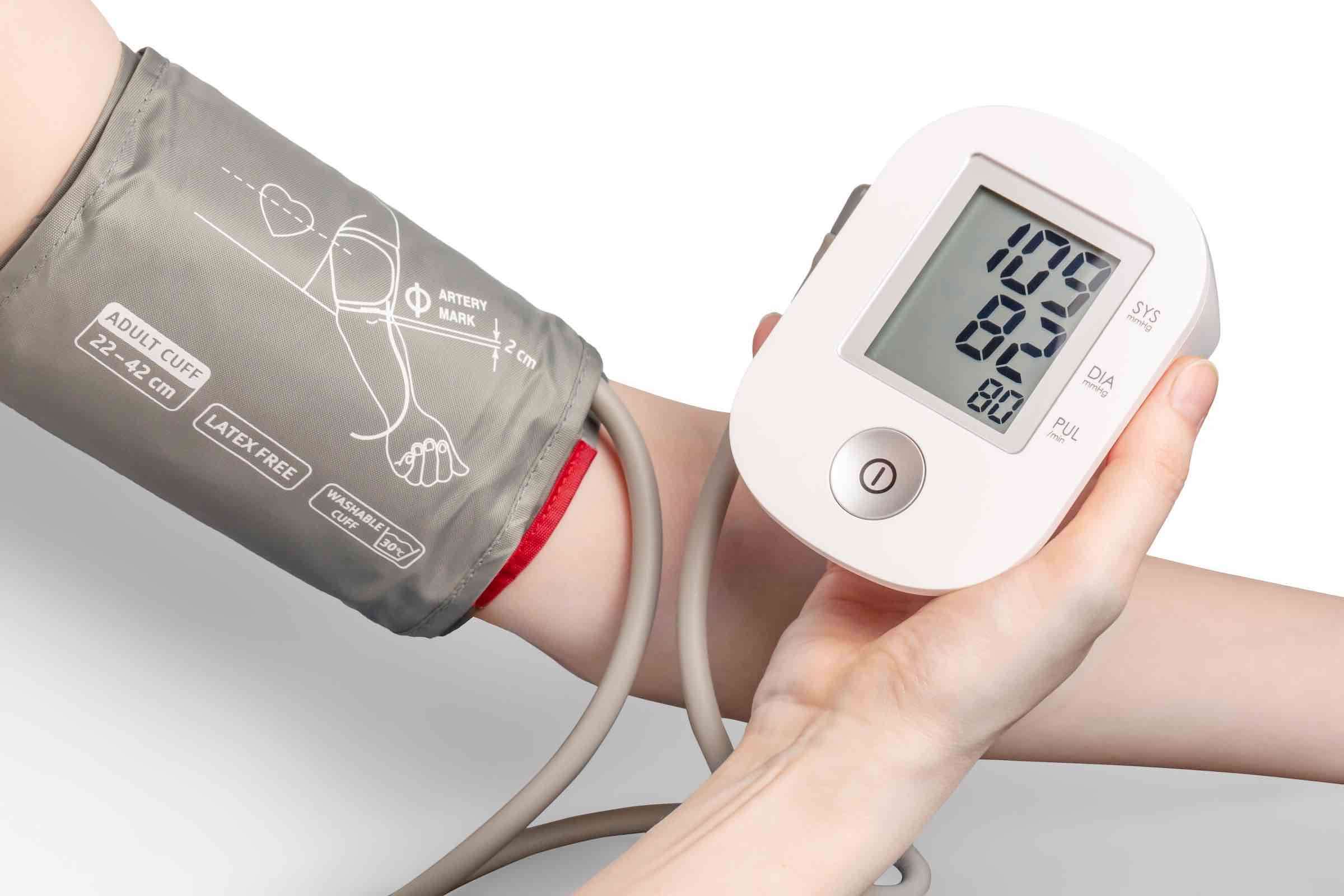
Hypertension
What is Hypertension? Hypertension or high blood pressure is a condition in which the body’s blood vessels are consistently exposed to elevated pressures. Blood is pumped around...
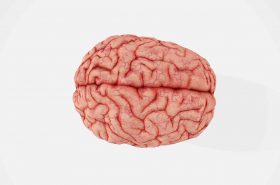
Neurological Conditions
There are various types of neurological conditions that physiotherapists and Podiatrists can assess, treat, manage and rehabilitate.
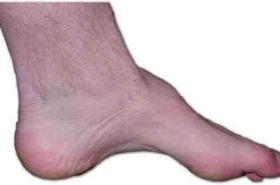
Charcot-Marie-Tooth-Disease (CMT)
Charcot-Marie-Tooth (CMT) describes a group of different conditions that impact the peripheral nervous system. These nerves transmit sensory and motor (movement) messages...

Clumsy Walking in Kids
Seeing your child struggle to walk with confidence is concerning for any parent. While kids may appear clumsy when they are first learning to walk, most kids will develop a good sense of coordination and balance by the age of 3.

Impingement Treatment
What causes an impingement – and what does it feel like? Taking the ankle as a common example, imagine you have a muscle, tissue, extra bone or nerve at the front of your ankle.
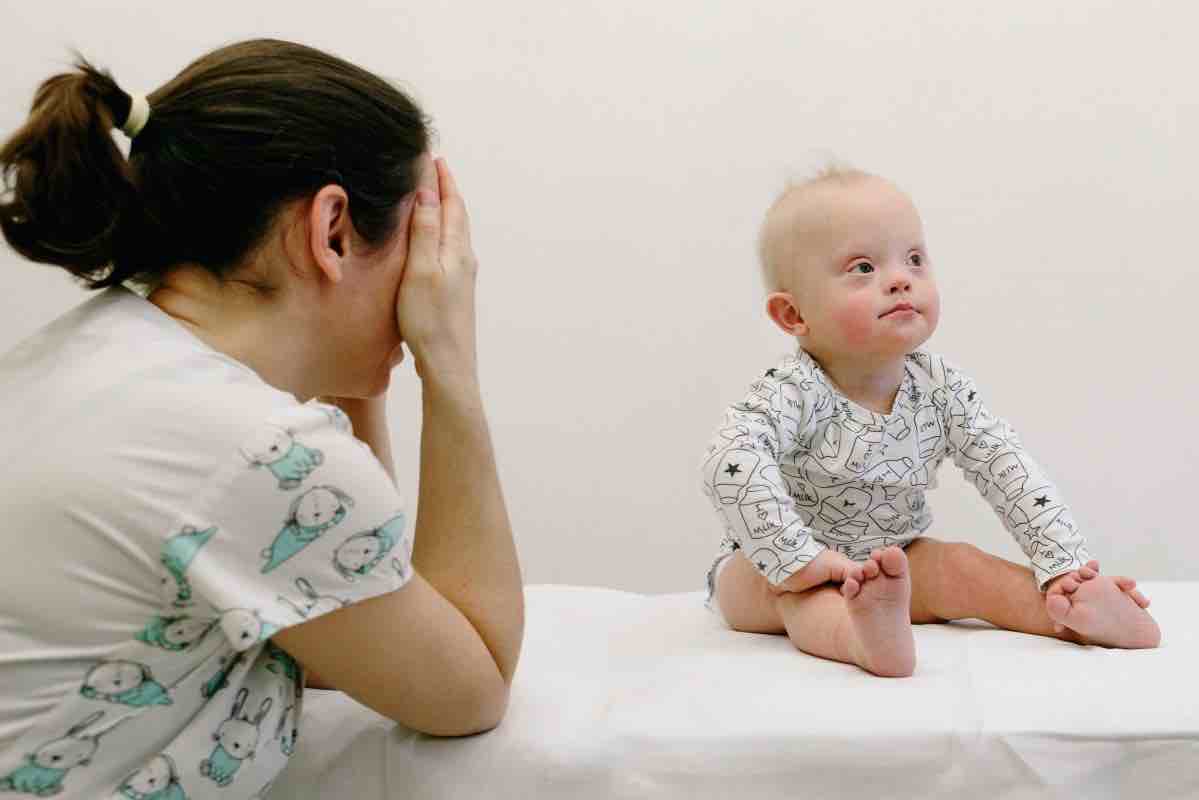
Hypotonia Treatment
Hypotonia is the clinical name for low muscle tone and tension, and therefore, strength. As healthy muscle tone is what enables us to move, control our posture, and the speed at which we perform physical tasks, problems with muscle tone require urgent attention.
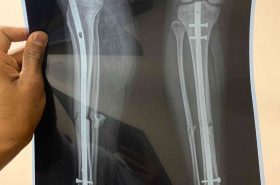
Osteoporosis Treatment
Osteoporosis is a medical conditioning that affects the bones throughout the body, where the bones gradually weaken, become more fragile, and are more vulnerable to breaking from even minor bumps or trauma.
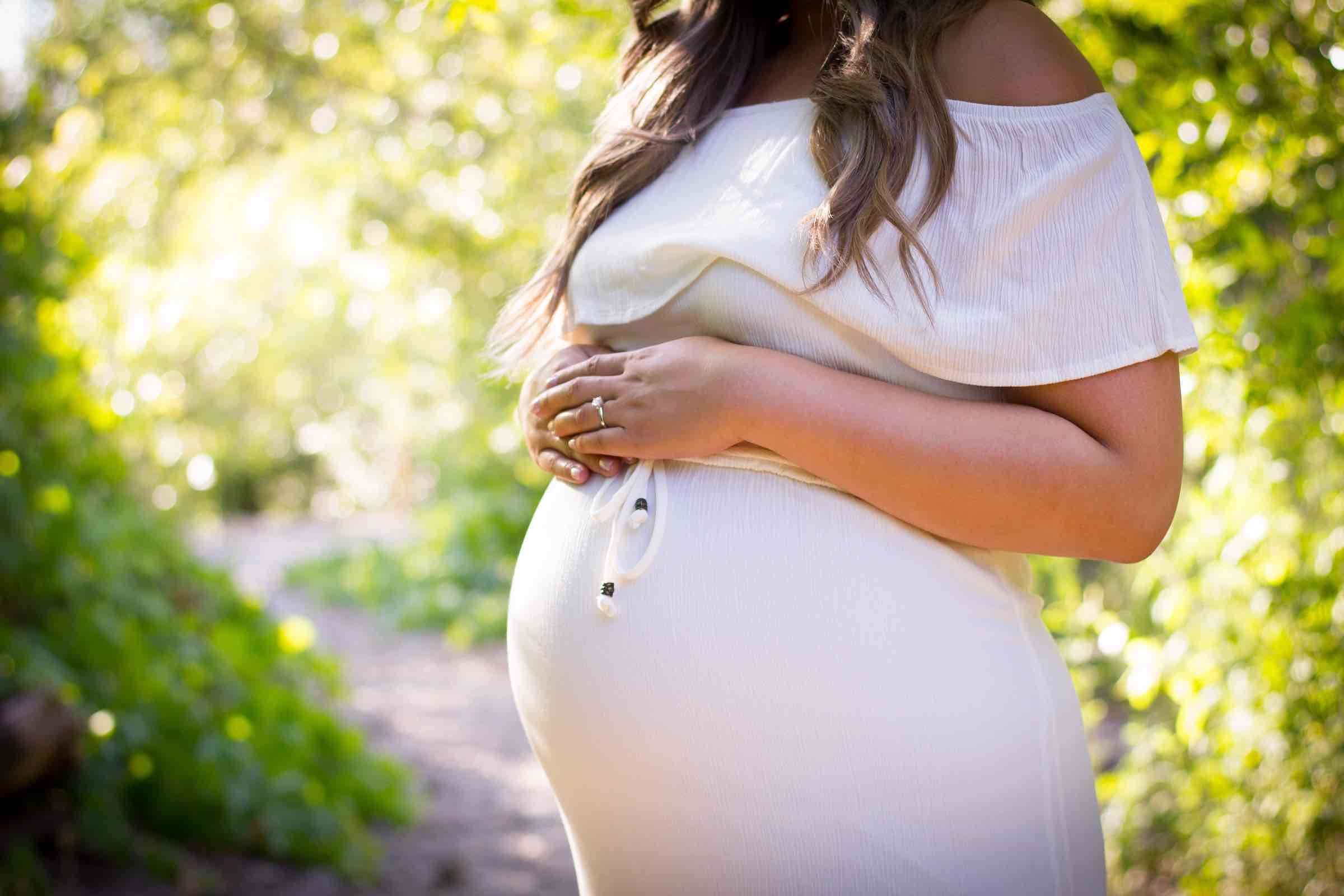
Pregnancy and the Feet
Pregnancy is a very exciting time and is filled with many changes to a woman’s body – including to her feet!
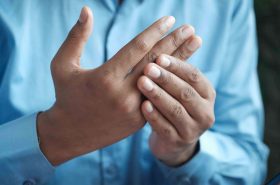
Rheumatoid Arthritis (RA)
Rheumatoid Arthritis (RA) is a destructive inflammatory joint disease that can affect people of any age. Unlike osteoarthritis, which is best known as the wear and tear arthritis.

The Feet and Legs in Cerebral Palsy (CP)
Cerebral Palsy (CP) is a neurological condition that is responsible for a group of movement and motor disabilities that start in childhood.
